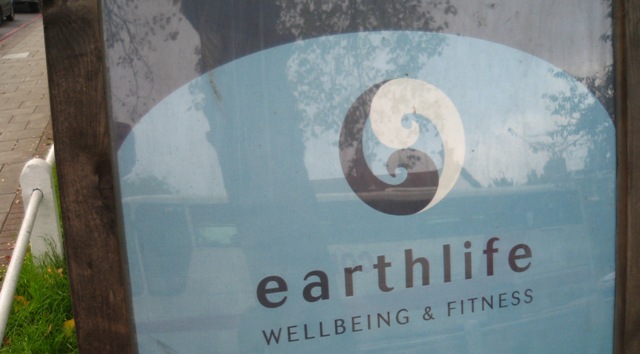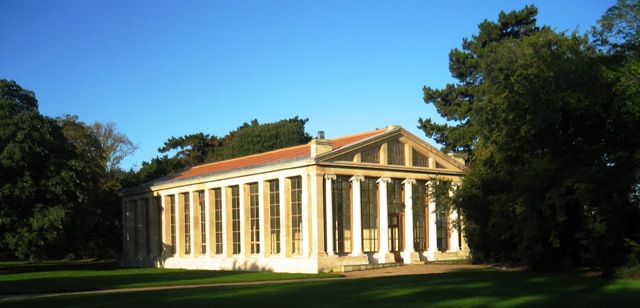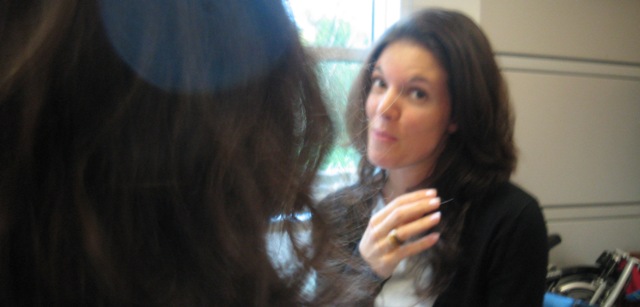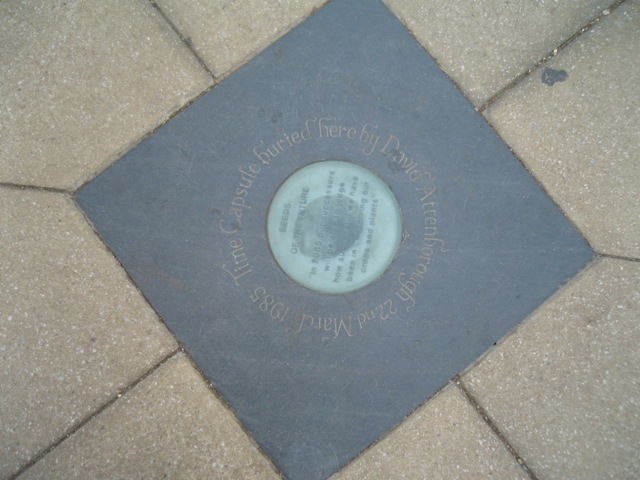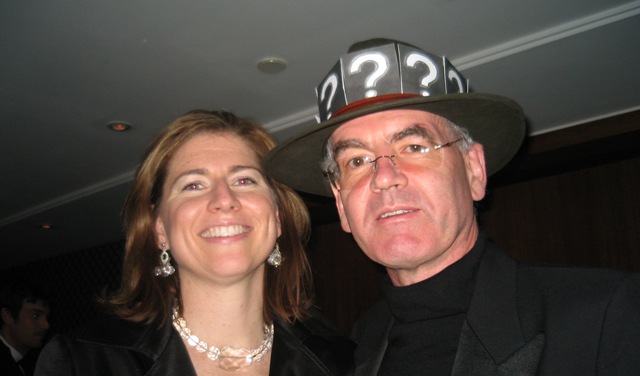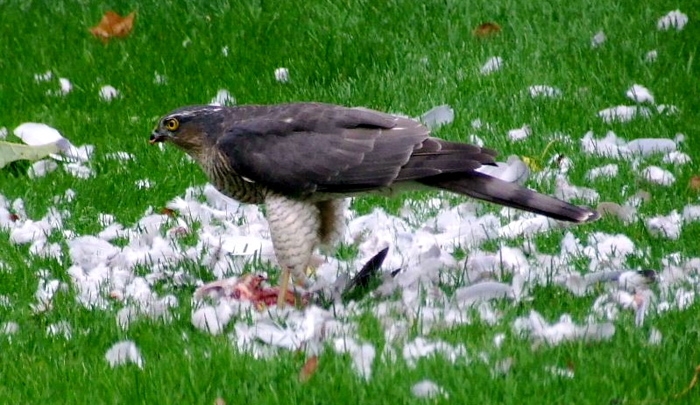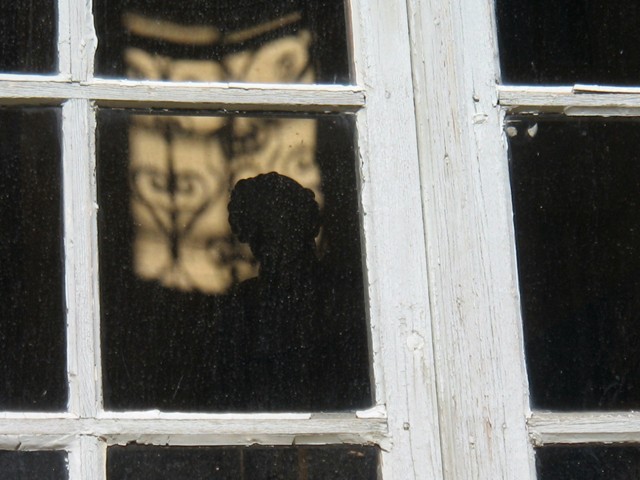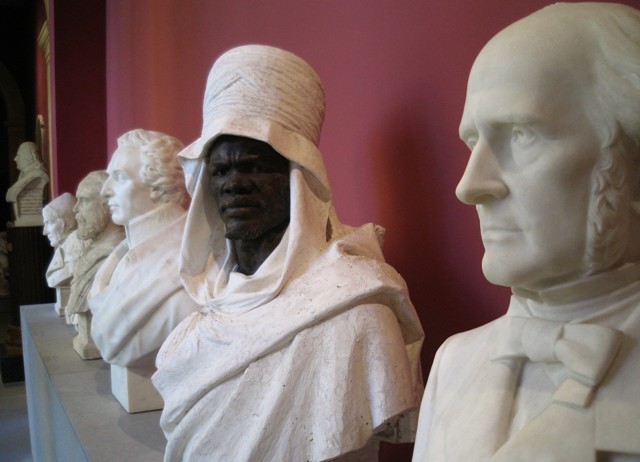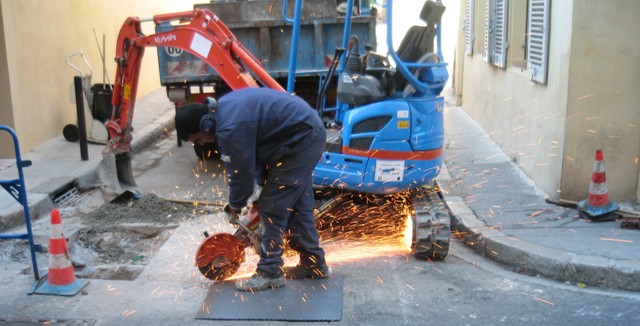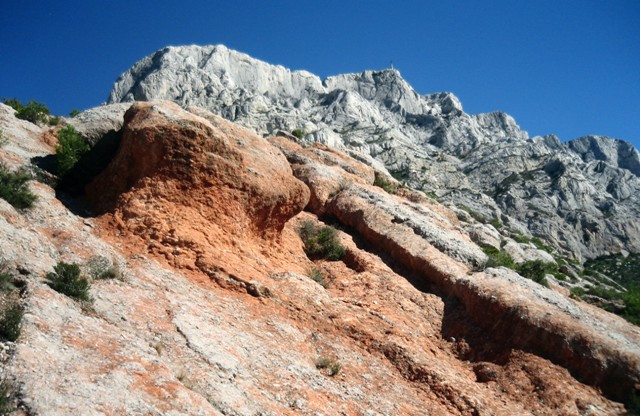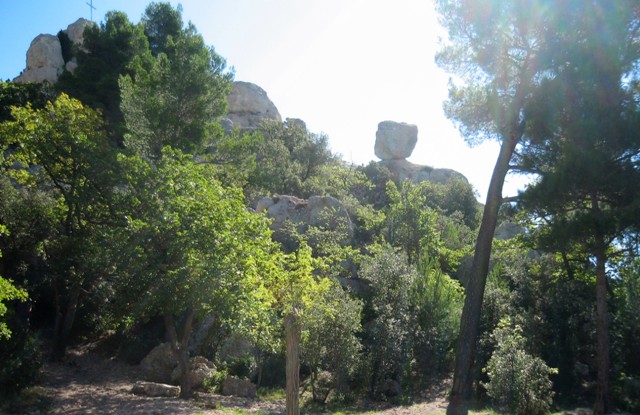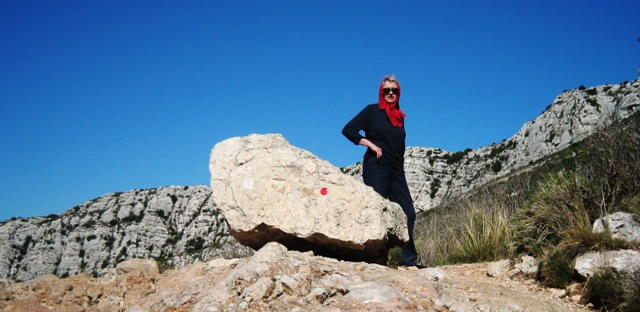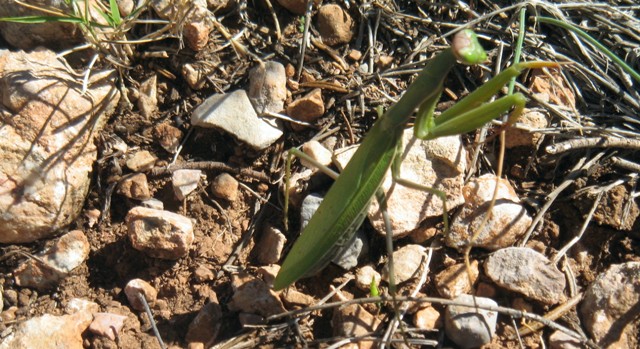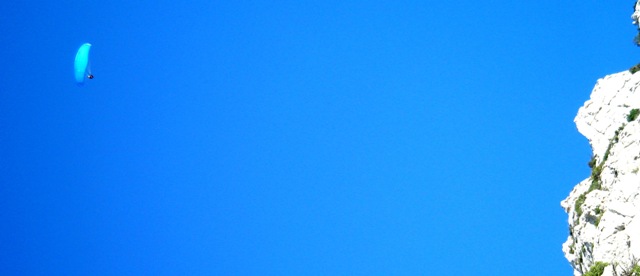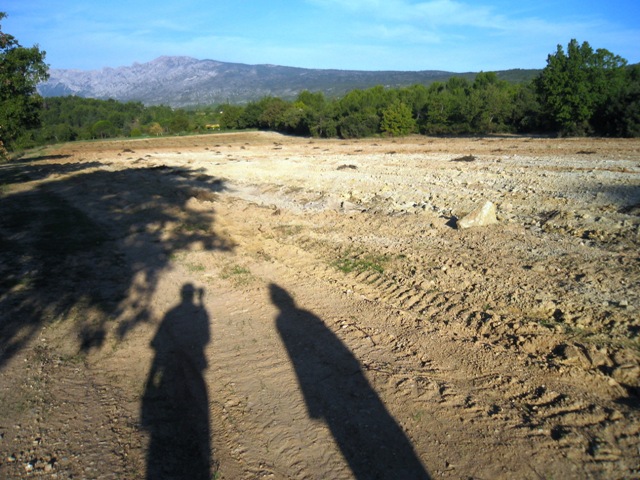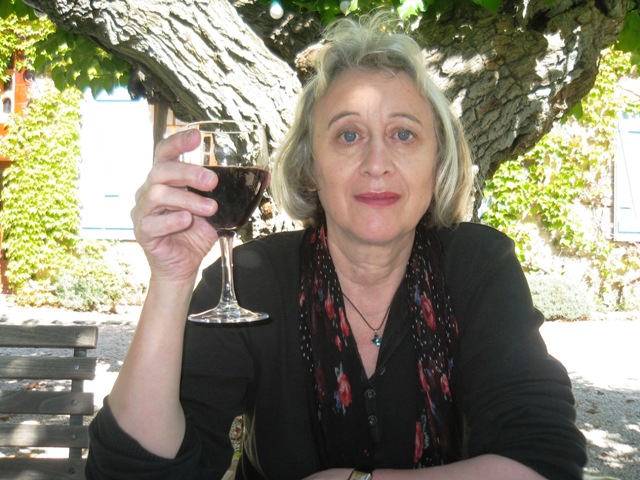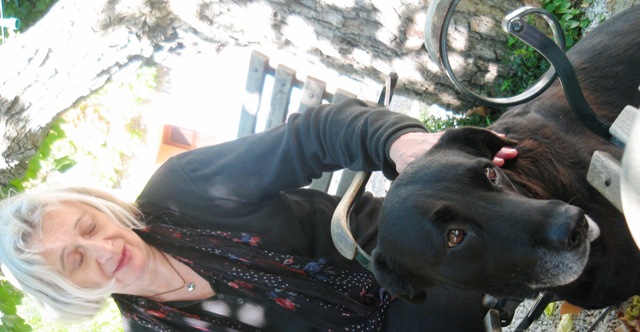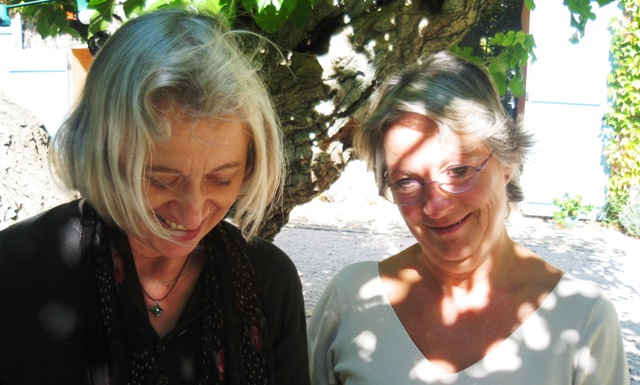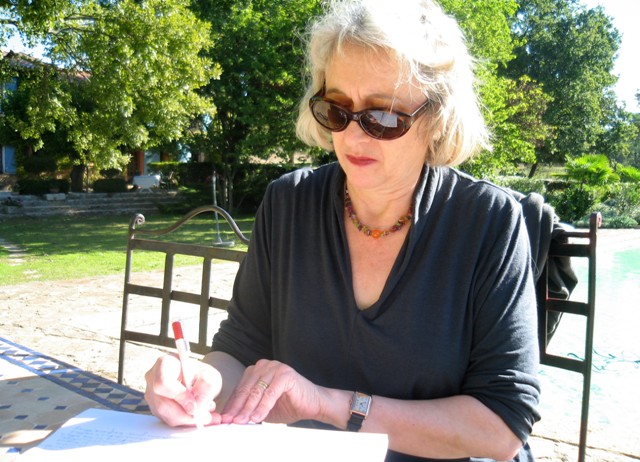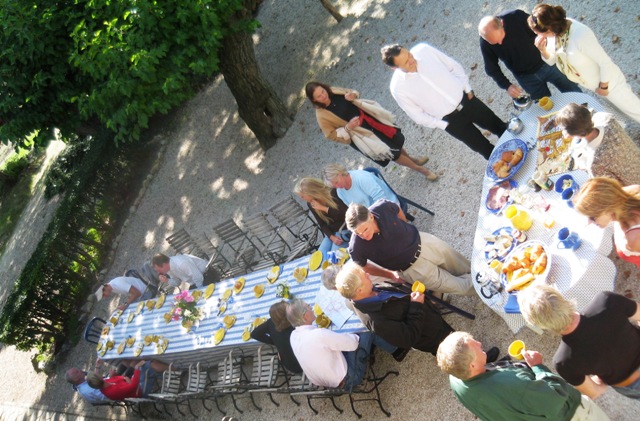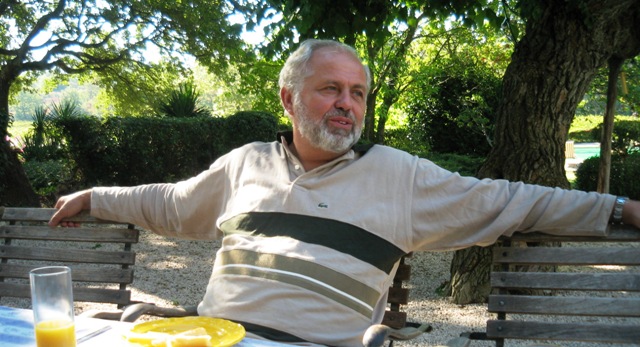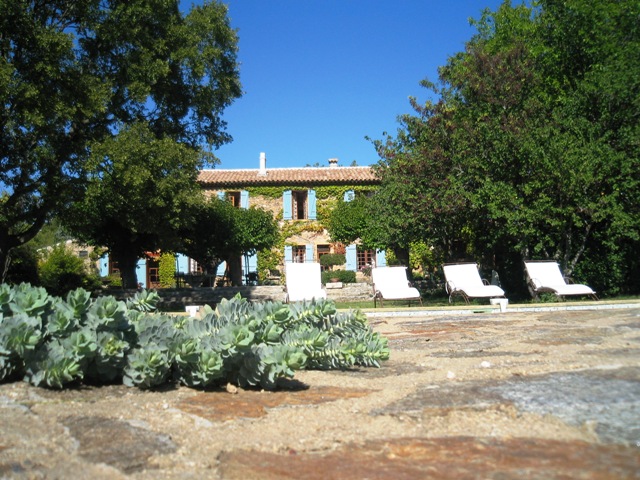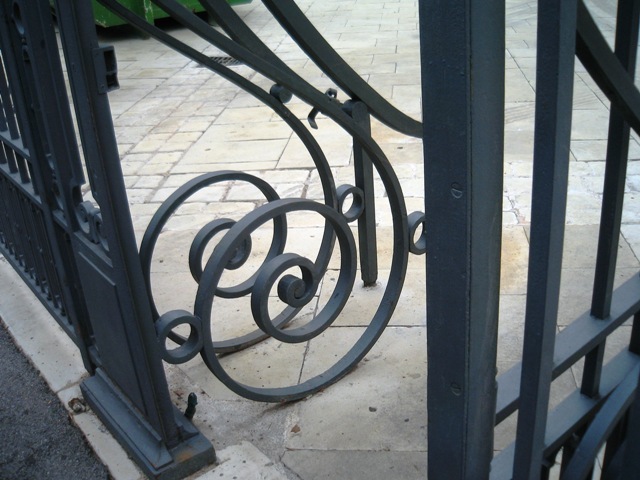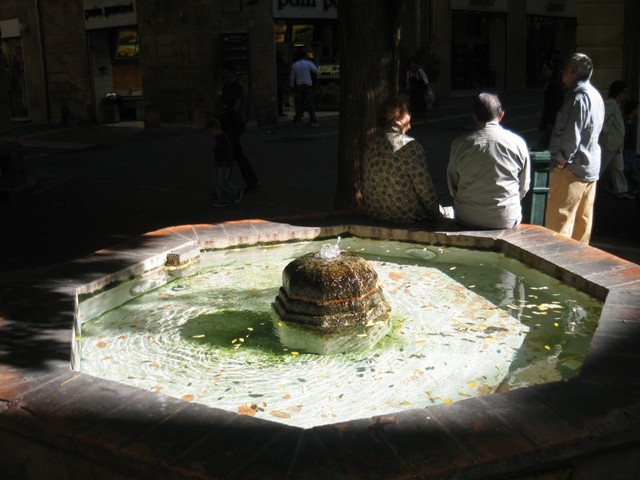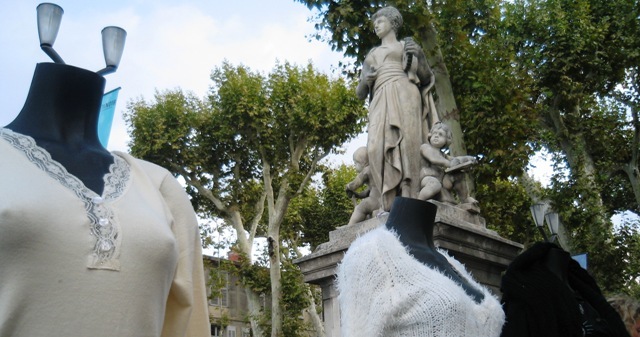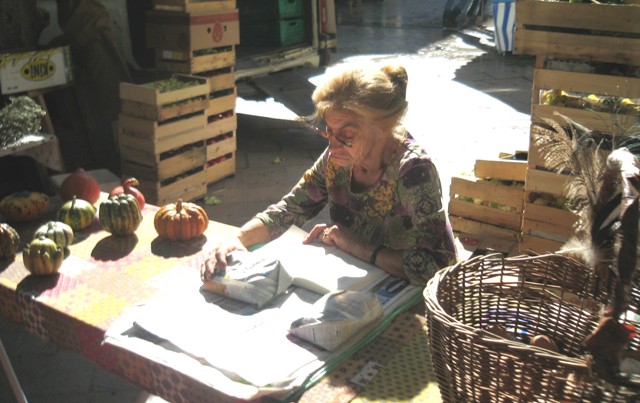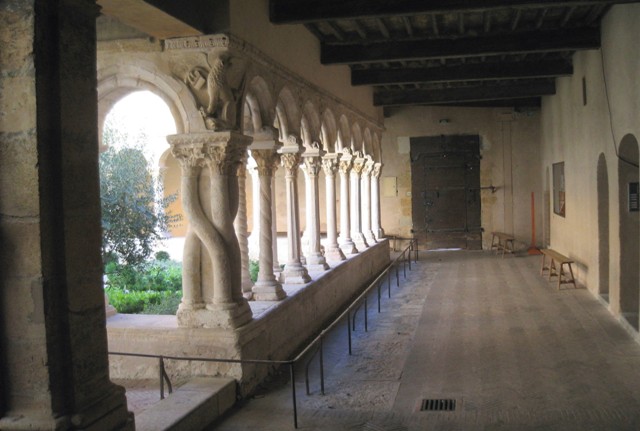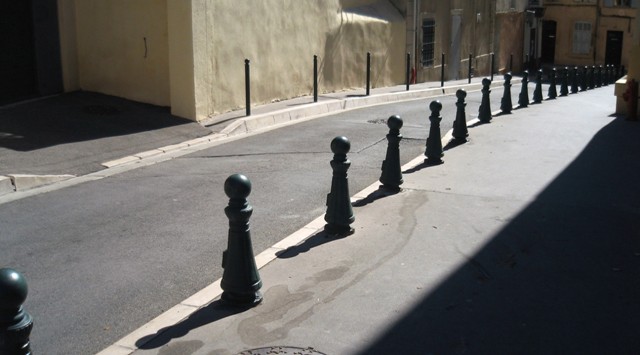Wednesday, February 28, 2007
TECHNOLOGY FUTURES 2007
Tremendously interesting discussions of the future of sustainable mobility and related subjects as the Shell event gets into its stride. Some photos of some of the sessions and between-session-moment shown below.

A day on the tiles – and they look like Julian’s sandals
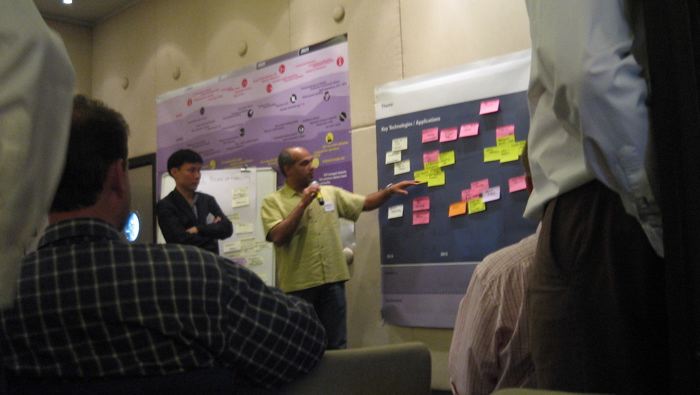
Sunil reports back

Screens 1
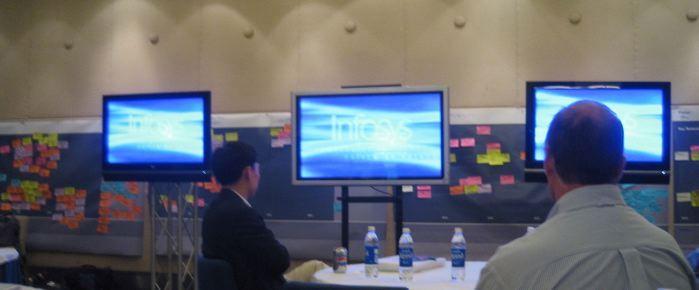
Screen 2 – at end of an introduction to Bangalore-based Infosys
THE PIRATE
The Times today carries an obituary of Lothar-Günther Buchheim, known as ‘The Pirate,’ and whose work formed the basis of one of my favourite TV series of all time, Das Boot, the engaging but periodically hellish story of a U-boat crew (http://en.wikipedia.org/wiki/Das_Boot). Not sure why I have my BlackBerry alarm set to ‘Sonar’ – should freak me out, but it was the least offensive of the electronic cacophony provided.
The other German TV series I found totally compelling was Heimat, though in large part that was because by the time it got to the 1960s and 1970s it was portraying a world – in Germany – that I had some experience of. Buchheim – who once said “I don’t have a mobile phone. I photograph with old fashioned cameras. I don’t have a radio and I burnt my television 20 years ago” – presumably had more time to let his mind run riot. He created a ‘Museum of the Imagination’ in Bavaria (http://www.buchheimmuseum.de/english/museum.htm).
Tuesday, February 27, 2007
GAMECHANGING IN BANGALORE
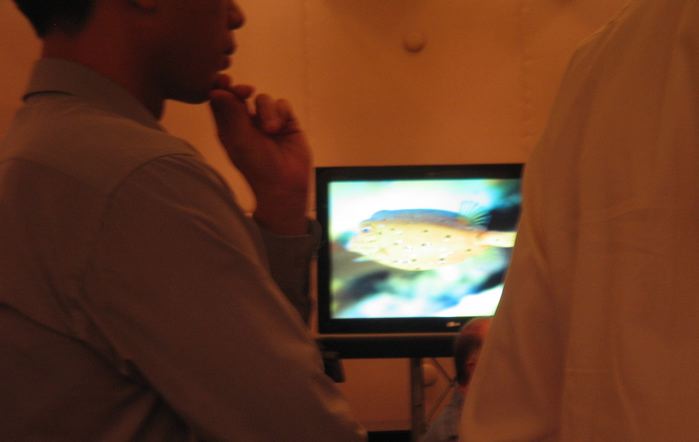
Boxfish as model for car
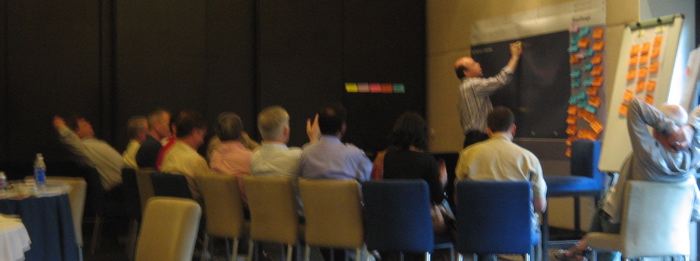
In full flow
“Most people go through life playing by rules other people wrote,” say the Shell GameChanger team (http://www.shell/com/home/Framework?siteId=gamechanger-en). “We believe some people can’t stop dreaming about how things could be better under a different set of rules. Once in a while, a dreamer succeeds against difficult odds to truly change the rules of the game on her own. However, often it takes a few things the dreamer doesn’t have to show that the idea will work. For lack of money, a few connections, and perhaps a bit of guidance, many great ideas never get off the ground. Shell GameChanger is designed to provide funds, introduce you to the right people, and perhaps provide some useful advice. We invest in radically novel, early stage ideas in the ‘energy and mobility’ industry to help you get them from your mind to ‘proof of concept.'”
Over the next three days, after a reception and dinner earlier this evening, I will be taking part in the the Shell ‘Technology Futures 2007’ process, organised by the GameChangers team and Innovaro (http://www.innovaro.com/), at the Park Hotel, Bangalore. Because it is subject to the Chatham House Rule, the following postings will be on issues and themes, not what specific people said.
OH, TO BE A BEE
Having spent the day driving back and forth across the city, watching kites circle in the thick smog and averting my eyes from the odd greasy, grey river that looked as lifeless as the Thames in the 1940s, it was a relief to be able to turn my focus to the flowers around the hotel. Sometimes I almost wish I were a bee, cross-pollinating blooms rather than brains.



INFOSYS AND ORB ENERGY
Had a driver take me out to Infosys in Electronics City this morning, then on to Orb Energy, way back across Bangalore. You get used to the jams fairly quickly, though guessing how long any given journey is likely to take is something left to professional drivers – and even then we got it wrong with Orb.
Met Kris Gopalakrishnan at the Infosys campus (http://www.infosys.com), who is Chief Operating Officer and was one of the founders. (Nandan Nilekani, CEO, President and Managing Director, co-chairs the Tomorrow’s Global Company Inquiry, in which I’m involved.) A fascinating conversation about the company’s history, values and future ambitions.
As N. R. Narayana Murthy, Chairman and Chief Mentor, put it when the company – founded in 1981 – celebrated its 25th anniversary last year: “A great corporation must live for hundreds of years. Hence, we are still babies. Even these initial baby-years have taught us several lessons. These lessons are valuable not just for our future journey but for other corporations in the country and, perhaps, the world.” He stressed, among other factors in the company’s success, “An enduring value system based on openness, honesty, integrity, meritocracy, fairness, transparency and excellence.” I came away very impressed.
Then across to Orb Energy, which I had heard of via Samer Salty of venture capitalists zouk ventures, where I sit on an advisory board. Orb represents a large slice of a renewable energy unit that used to be run by Shell India, but spun out (http://www.orbenergy.com/). Again, very impressed – though this really is a baby company. Interested to hear their plans for franchising, which will be useful background for the survey report we are just completing for The Skoll Foundation.
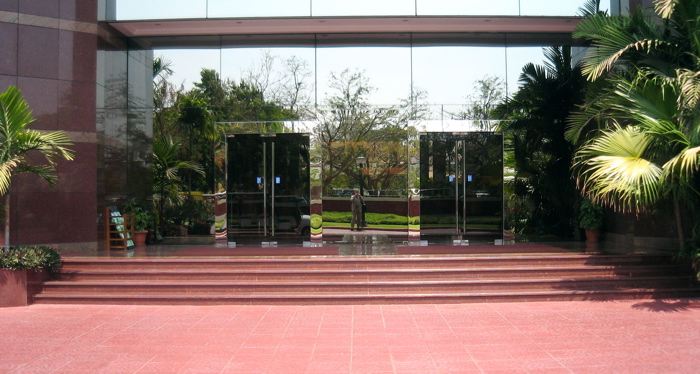
My distant reflection in the Infosys front doors
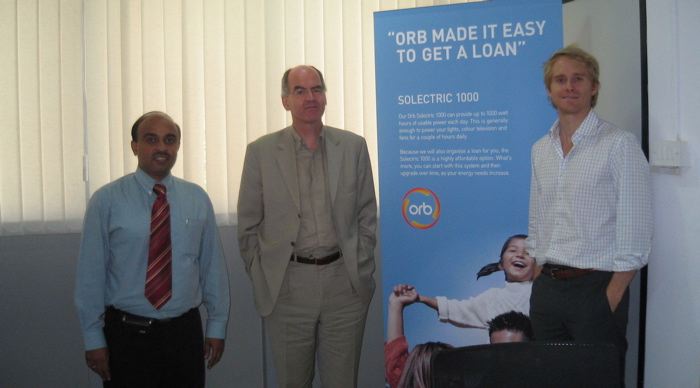
Flanked by N.P. Ramesh (COO) and Damian Miller (CEO) of Orb
Monday, February 26, 2007
RED SILK ON GREEN

Bangalore is known for its silk – and one of the first things that caught my eye in my hotel bedroom was this silk cushion, with a Mars-like silk button transiting a green silk heaven.
BAGPIPER IN BENGALURU

Bangalore skyline

View from my bedroom

Melons
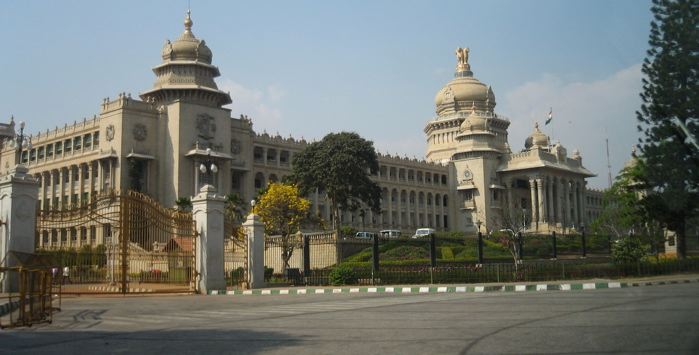
State Parliament, a building almost worthy of Ceaucescu …
Arrived in Bangalore at around 04.45 this morning and was picked up and whisked away to the Park Hotel. The boom town status is soon clear, with a building site and marble sawing site right outside my bedroom window. A couple of hours sleep before setting off for first round of meetings. They include sessions with a professor of corporate strategy, with Rohini Nilekani of the Arghyam Trust (http://www.indiawaterportal.org/arghyam/) and her team, with Svati Bhogle (CEO) and Mr Rajagopolan (Chairman) of TIDE (Technology Informatics Design Endeavour) and then with the President and Chairman of United Breweries – where some of the brands still have a distinctly colonial feel.
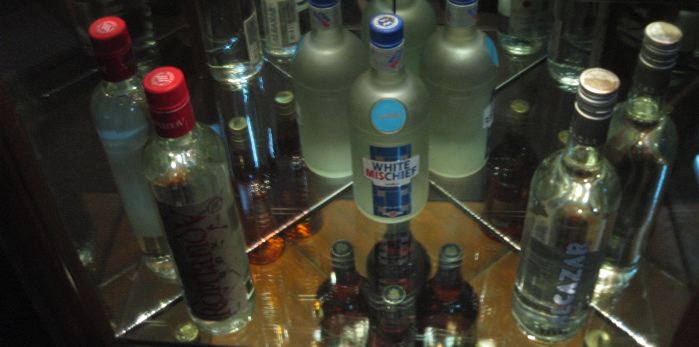
White Mischief
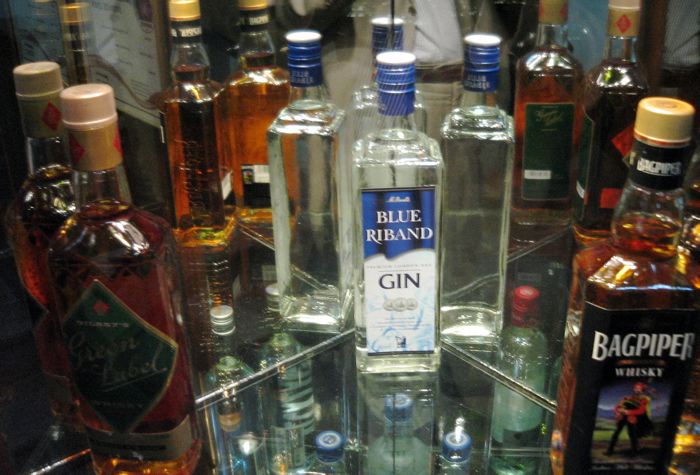
Bagpiper
Saturday, February 24, 2007
MITCH KAPOR PODCAST
![]()
Second Life avatars
My latest podcast, featuring Mitch Kapor, who chairs Linden Lab (the organisation behind ‘Second Life’, http://secondlife.com/) and the Mozilla Foundation (http://www.mozilla.org/foundation/), can be heard at http://www.sustainability.com/insight/skoll_article.asp?id=756. One of the most interesting people I have met in ages.
GROWING PAINS AND THE GUARDS MUSEUM
Spent much of the week working on our first survey report for The Skoll Foundation (http://www.skollfoundation.org), called Growing Pains. But it was a fairly fractured week, with a bunch of other things cross-cutting. Among them an enjoyable session with the Forum for the Future scholars on the 20th, a session with Landrover on the 21st (sparked by the Today programme interview I did from Davos on the car industry, biofuels, etc), a dinner with The Company Agency and Acciona that evening, a session with Nick Hurd and Clare Kerr of the Quality of Life Commission (http://www.qualityoflifechallenge.com/) on 22nd, then a meeting with Gib Bulloch of Accenture, plus ongoing preparations for my impending trip to Bangalore.
Was meant to be travelling to India with Kavita (Prakash-Mani), but she has just come down with chickenpox. When I had it, it was just before my O Levels, I had it monstrously, and ended up in the school sanitorium with the wretched pustules everywhere, including behind my eyes. But it did mean that I – in the midst of it all – did a fair amount of reading, including Gone With The Wind. Which stood me in good stead when it came to the History exams, where both the American and British history papers, if memory serves, had questions on the US Civil War and blockade. I got top marks in both, which put me on track for an A in History at A Level, plus an S Level. Given that I got Ds in eveything else but General Knowledge (another A), you could even say chickenpox got me into university.
The dinner on Wednesday was very interesting. Hosted by The Company Agency (http://www.thecompanyagency.com/site.swf) for the Spanish company Acciona (http://www.acciona.es/), who are up to their eyeballs in sustainability (http://www.sostenibilidad.com/). Sat next to – and had a great conversation with – Acciona Chairman Jose Manuel Entrecanales Domecq. Sam had researched the other guests earlier in the day, and I made a bee-line towards Alexandra Henderson, Executive Producer at Endemol. I wanted to say thank you for their extraordinary TV series in celbration of the 700th birthday of Ibn Battutah, Travels with a Tangerine (http://www.endemoluk.com/?q=node/239&tid=7) – which we have been enjoying immensely. Based on the book by Tim Mackintosh-Smith, which I read some years back.
On my other side was Tristan Garel Jones, now of UBS, and facing me, Nicholas Soames. A different world. And the whole thing held in The Guards Museum, a celebration in scarlet and gold of glory, mud and blood. My mind kept flashing back and forth between the conversations at table and the implications of the exhibits all around – including the fact that on Sunday 18 June 1944, the Guards Chapel was hit by a flying bomb and 121 worshippers were killed. And what it must be like for people in Baghdad, where such devastation and casualties are now an everyday occurrence.
DOCKLANDS
A day spent largely in Docklands, apart from writing a regular column early in the morning for Nikkei Ecology, based on a draft supplied by one of our team members, Ivana Gazibara (http://www.sustainability.com/about/profile.asp?id=11180). Then off to ECGD in Canary Wharf, to chair a meeting of the Advisory Council, preceded by an induction session for three new members. Then on to Clifford Chance’s offices nearby for an event featuring Professor John Ruggie, and happily a number of us mentioned his portal at the Business & Human Rights Resource Centre (where I am a Trustee) during the discussion period, including Ruggie himself (http://www.business-humanrights.org/Gettingstarted/UNSpecialRepresentative).
Then raced across London to a restaurant called Bumpkin (http://www.bumpkinuk.com/) in Westbourne Grove, for a dinner hosted by Gary Hirshberg, self-styled CE-YO of Stonyfield Farm, Inc (http://www.stonyfield.com/). Good group of people, good food, but the acoustic of the restaurant meant that – with my bat’s ears – I heard everything and nothing. Homeward late, in a light drizzle, still suffering effects of ‘flu and the displaced back, probably caused by sitting four days in a row with a laptop when finishing off the book.
Sunday, February 18, 2007
AN ECO-WAR-CRIMES TRIBUNAL?
A series of articles in today’s Observer fused together in my mind to raise the question whether – and how – President Bush the Younger and companies like ExxonMobil might eventually be arraigned before a global War Crimes Tribunal? It has been tried with industrial polluters of rivers like the Rhine, but never on a global scale. That may well change, however, if – and when – global warming really gets into its stride.
The first story noted that the Hubble space telescope has captured a star very much like our own Sun blowing up in a cataclysmic explosion. Happily, Robin McKie notes, NGC 2440 is more than 4,000 light years away. Our Sun may have a few billion years left in it yet, but will eventually suffer the same fate, as will any remaining life on Earth.
The second story, by Tom Kington, reported that Italian scientists had been using sea-bed antennae in the Mediterranean to try to capture incoming neutrino particles as they plunge into the sea from outer space, travelling at something like the speed of light. These neutrinos may have travelled hundreds of millions of light years, some presumably even coming from stellar casualties like NGC 2440. Unexpectedly, the scientists kept picking up a cacophony of sonar clicks and other sounds, that proved to come from surprisingly large groups of sperm whales – that appear to have been stealthily living there, having been thought virtually extinct in the Med.
That was the good local news. The bad local news is that climate-driven ecosystem disruptions are causing massive wildlife die-backs off South America and Africa, and on the Pacific coast of America. In 2005, a nutrient-rich current which normally turns up off California in the spring was a month late, causing huge numbers of seabird deaths, and then in 2006 the current cameback in such a form that produced an exaggerated phytoplankton bloom, turning the sea to “green-brown soup”. As the plankton died and oxygen was stripped from the waters, dead zones began to form where little or nothing could live.
Just imagine that these trends worsen significantly. True, such zones have been seen before, but these were three times worse than anything previously recorded in the area. The winds were seen to be the proximate cause, but climate trends loom as the likely fundamental driver. And behind them loom the human and industrial factors spotlighted recently by the IPCC and Sir Nicholas Stern’s review of the economic implications of climate change.
If the global ecosystem does start to unravel, it is in the nature of human beings that we will want to hold someone responsible. Now that the gods are less likely to be blamed, we will need human agents to hold accountable. And who – or what – better than the Bush-Saudi-ExxonMobil axis of evil? True, we are all responsible to a degree, but there are those who, it will likely be concluded, turned closed (or, even worse, partisan) minds on the evidence as it came in. Such sins of omission may not be hanging crimes, yet, but behind them will be many sins of commission. Lawyers who have grown fat on prosecuting cases around asbestos, tobacco and now obesity are likely to be sharpening their knives before long.
No, it’s true, the international community doesn’t have the legal mechanisms to pursue such cases successfully, yet, but if the pressures grow the political momentum will materialise. The fact that people die in the end doesn’t make those who maim or kill them innocent, and the fact that the Earth will eventually be devoured by the Sun doesn’t mean that those who aid and abet ecocide should be allowed to get away scot-free.
THE STARGAZER AND THE DROWNING MAN
It really is the most extraordinary story. A 34-year-old man swept off his cycle and out to sea by a freak wave; battling for several hours to stay afloat as the tide washed him steadily out to sea; and then, miracle of miracles, a local stargazer serendipitously moved his telescope (borrowed from a friend that very afternoon) from the night sky and saw the drowning man. A dash to the sea wall, a thrown lifebuoy, and William Murtha was hauled to safety, suffering from hypothermia but alive.
And, as sometimes happens, his life was transformed by the experience. Everything changed, he changed. He gave up his career, sold the family home and created the ‘Visionaries for the 21st Century’ project, to bring together 500 “inspirers” from around the world. Each has been asked to pen 100 words by way of their own vision statement. Somehow I seem to have crept onto the list and did my 100 words earlier this morning, before getting on with the Skoll survey report we are racing to complete. The result of Murtha’s own survey will be a book and a website, to be launched later in 2007. Most of the proceeds will be used to establish ‘The Imagination Project,’ a non-profit institute for creative writing.
Saturday, February 17, 2007
LIVE EARTH
July 7 will see a series of concerts dramatising climate change, Live Earth. The prime mover: Al Gore. According to today’s Guardian, on Thursday he told an audience in Los Angeles, “We have to get the message of urgency out. In order to solve the climate crisis, we have to reach billions of people. The climate crisis will only be stopped by an unprecedented and sustainable global movement.” Great, but having found myself watching pretty much all of the Live 8 concert, I sometimes wonder about the real catalytic effect of such jamborees in terms of mobilising global movements. Just as Jeff Skoll has been trying to work out how to mobilise parallel campaigns to his socially and environmentally-messaged films, made via Participant Productions (http://www.participantproductions.com/), we will have to work on many fronts simultaneously to ensure that not only does the message of urgency get out but that people – all of us – actually do enough of the right things in response.
PROWLING WOLF
A week in which, with the book sent off on time – on Valentine’s Day – to Harvard Business School Press, my immune system finally gave in to the flu that had been stalking it for well over a month. Elaine has it, too. Then an odd thing last night. Gaia and Hania had been staying overnight in order to catch a very early flight to Prague. I had an extraordinary dream of a wolf turning up, threateningly, in the environs. Preying on cats, which is something the local foxes sometimes do. Then read in The Times this morning that a wolf had just been recaptured after having escaped from Dartmoor Wildlife Park. Given the number of connections in our everyday lives – and the fact that the human brain is a pattern-recognition machine – it is hardly surprising that such coincidences arise almost as a matter of routine, but it’s still strange at times.
Thursday, February 15, 2007
REVOLUTION THROUGH COMPETITION

Maggie (Brenneke) and I has a fascinating session this morning with Mark Goldstein and Cristin Lindsay of The X Prize Foundation’s Automotive Prize project. I have always been fascinated by the impact of prizes on the evolution of technology – like the Schneider Trophy (http://en.wikipedia.org/wiki/Schneider_Trophy). And a few years ago was rivetted by the race to win the Ansari X Prize, eventually won in 1994 by Burt Rutan and Paul Allen, with their SpaceShipOne, shown above in the Washington Air & Space Museum – slung between The Spirit of St Louis and, in orange, the X1 experimental plane.
As the X Prize Foundation notes, “Between 1905 and 1935, hundreds of aviation prizes stimulated the advancement of aircraft technology. One of the best-known prizes was The Orteig Prize, a $25,000 purse offered by hotel magnate Raymond Orteig to the first person to fly non-stop between New York and Paris. In 1927, with the whole world watching, Charles Lindbergh won the prize, becoming the most famous person on Earth. Where no government filled the need and no immediate profit could pay the bill, the Orteig Prize stimulated not one, but nine different attempts to cross the Atlantic. These nine teams cumulatively spent $400,000 to win the $25,000 purse – and spawned today’s $250 billion aviation industry.
“By taking a smaller, faster approach to aviation, Lindbergh and the Spirit of St. Louis Organization showed that a small professional team could outperform large, government-style efforts. Prior to his flight, the press of the day characterized him as a daredevil and an amateur – ‘the flying fool.’ But Lindbergh’s meticulously planned single-engine/single-pilot strategy was a radical departure from the conventional thinking of the day, and his innovative thinking and careful preparation won the full support of the Spirit of St. Louis Organization. A quarter of all Americans personally saw Lindbergh and the Spirit of St. Louis within a year of his flight – and the world changed with their excitement.”
Key metrics of the change, the Foundation recalls:
– Applications for pilot’s licenses in the U.S. increased by 300% in 1927.
– The number of licensed aircraft in the U.S. increased by 400% in 1927.
– US airline passengers increased 30-fold increase between 1926 and 1929.
“The cause of the tremendous growth in aviation experienced after 1927 was not due to a technology breakthrough,” the Foundation stresses. “Lindbergh employed technology that was available years earlier. The growth was a direct result of a monumental change in the public’s expectation about flight. Lindbergh’s flight created the expectation that anyone could fly.”
The X PRIZE Foundation, the brainchild of Dr Peter H Diamandis, has the motto: ‘Revolution Through Competition.’ It was founded to create a similar change in the public’s expectation of space flight, and now exists to create similar shifts in the public’s perception in future X PRIZE areas. In addition to geneomics and automotive sector, they are also thinking of future prizes in such areas as education and povert alleviation.
A complete shot in the arm – despite the flu which forced me home later in the day.
Monday, February 12, 2007
THE ANTIPRENEURS
I pulled out the article ‘The Antipreneurs’ from the Times Magazine on 3 February, but failed to notice the reference to the triple bottom line, Cannibals with Forks and me on the front page of the piece. Was pointed out to me by Maddy (Rooke-Ley) in the office. Anna Shepherd notes that “the triple bottom line – people, planet, profit – has become a standard part of the MBA syllabus.” Then: “As a model it has proved to be successful: making money and reducing employee turnover, as people like working for a company with strong ethics,” says Craig Smith, senior fellow in marketing and ethics at the London Business School. A key Smith text is 1998’s Cannibals with Forks, in which John Elkington, from consultancy SustainAbility, argued that balance sheets would not be sufficient to judge a company’s performance in future – social justice and environmental responsibility would be weighed up, too.”
“They don’t wear suits,” the Times Magazine noted, “they respect the planet and they still make money – meet the new caring, sharing entrepreneurs.” Among the social enterprises mentioned in the article were REN Cosmetics, Tyrrells Potato Chips, Worn Again, Abel & Cole, and Today was Fun (http://www.todaywasfun.com).
Sunday, February 11, 2007
BRANSON’S $25M SAFE FOR A WHILE
God, Branson’s a creature of the zeitgeist. Today was mainly spent finishing off the final chapter for the book, which went off to Pamela early this afternoon. In the first draft, a couple of days back, I had talked about the danger that social and environmental entrepreneurs might be treated as some for of superhero. Then today’s papers had Richard Branson on the same theme, but from a very different angle. “We have no super-hero,” he said when launching his $25 million (£13 million) Virgin Earth Challenge. “We have only our own ingenuity to fall back on.” He was inspired to launch the Virgin prize by the example of past prizes like the Ansari X Prize, which resulted in the first private manned space flight in 2004, and the eighteenth century prize that spurred the pursuit for a device that would measure longitude.
Branson is looking for a commercially viable technology that will result in “the net removal of anthropogenic, atmospheric greenhouse gases each year for at least 10 years without countervailing harmful effects.” But a condition that could keep Branson’s money in the bank for a while is that the technology will have to remove at least one billion tonnes of carbon dioxide from the atmosphere each year.
Interestingly, The X Prize Foundation had already announced its second major prize—the Archon X prize for Genomics—and has been working on others in the social domain, among them contests designed to spur innovative thinking about poverty, hyperefficient cars and health care. But even if it achieves its aim of awarding $200 million or more in 10 to 15 new prize categories over the next five years, there is a bigger challenge still: finding the capitla to scale up any resulting technologies to an appropriate level. For more details, see Fiona Harvey, ‘Branson offers $25m prize for solution to climate change,’ http://www.ft.com/cms/s/e2067f90-b867-11db-be2e-0000779e2340.html, or Matt Richtel, ‘Awarder of Space Prize to Add Others,’ New York Times, January 31, 2007.
Once the book had gone off, Elaine and I took a walk across the Common in balmy weather, then came back to greet Svenja Geissmar and Francesca van Dijk-Dixon and her family. It seems a lifetime since Fran joined SustainAbility, back when we were still in The People’s Hall. I recall that a key thing that attracted me to her thesis was that she had taken the 5-step model of reporting Nick Robins and I had developed and done a graphic (or perhaps it was her husband Ken) showing a ladder propped against the five steps, with an angel lounging on the topmost rung. As we talked, their daughter Freya was drawing a picture of an Aztec stepped pyramid with a striking figure atop it. More than a slight sense of deja vu.
Friday, February 09, 2007
THE DAVOS GRIST
Our latest Grist column, this time on the latest World Economic Forum summit in Davos, can be found at http://grist.org/biz/fd/2007/02/09/davos/
Wednesday, February 07, 2007
SNOW A-COMING
Or so they say. Heavy frost this morning as I set off, but a totally glorious morning by the time I was cycling through Kensington Gardens and Hyde Park. Pretty sure I was cycling alongside the drummer from one of the bands at Ronnie Scott’s the other night as I rocketed down Brook Street – but he rocketed even faster. Frenetic day, with the office bursting at the seams. Among those through today were Steve Viederman, previously President of the Jessie Smith Noyes Foundation, and Monica Araya, who organised my ‘state visit’ to Yale a while back. Also uplifted in reading the manuscript of Paul Hawken’s impending new book, on the global civil society movement: beautifully written.
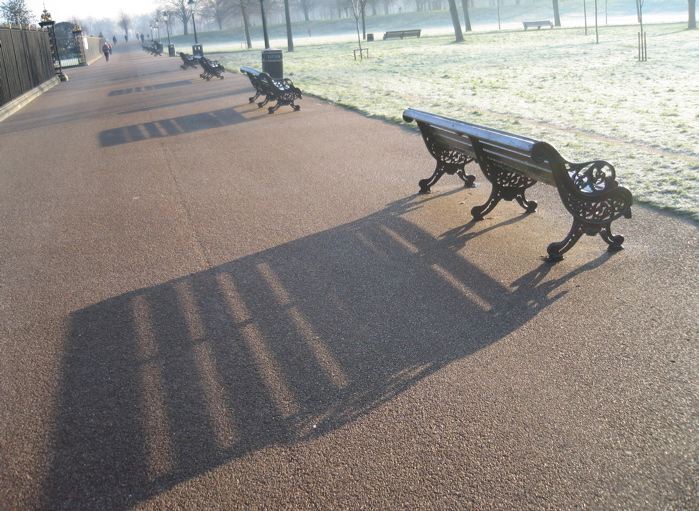
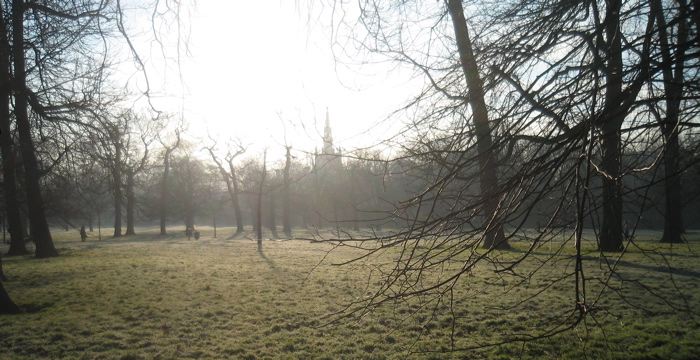
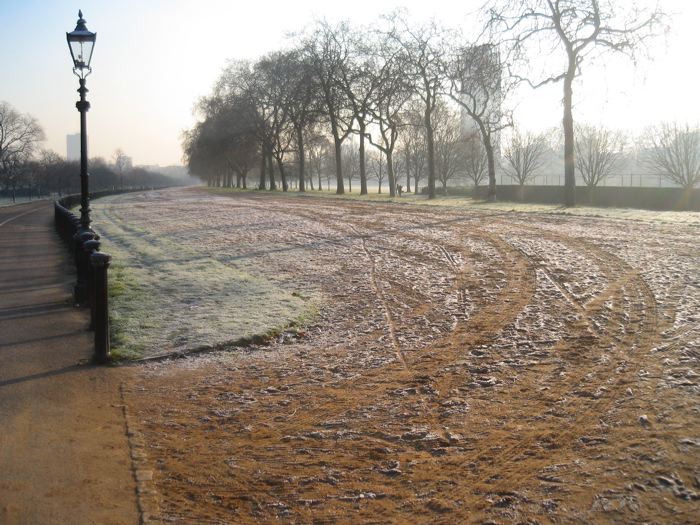
Tuesday, February 06, 2007
THROUGH THE PALACE RAILINGS
Every morning that I cycle into Holborn, I dutifully – grudgingly – walk past the gates of Kensington Palace, where cycling is verboten. But at least it gives me a chance to stare through the railings. They’ve just filled in a small pond I quite liked to think might harbour amphibians of some variety. There was a public notice explaining why, but I can’t remember what it said. Excuses of some sort. Glorious sunshine this morning, but cold. Fourth day of a migraine that won’t shift, still uplifting to see a pair of swans processing across the water like ice-carved galleons.
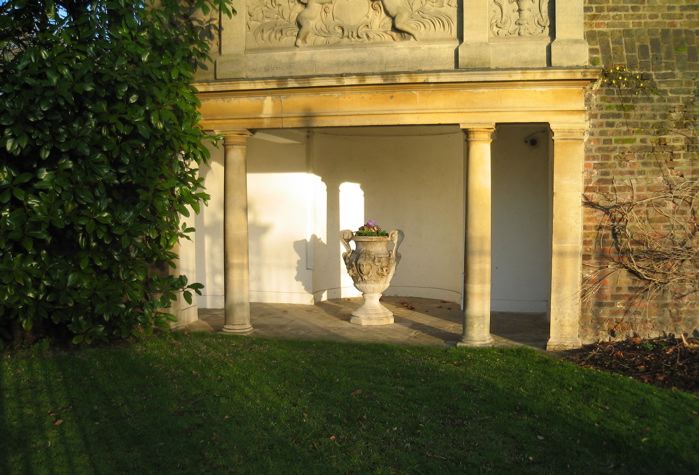

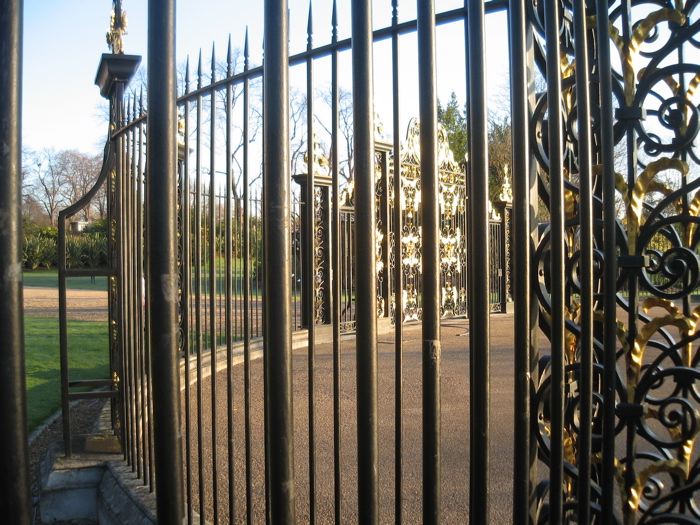
Sunday, February 04, 2007
RICHMOND PARK
Something very Ramsay Gibbs-like (a painter we like) about some of the landscapes in Richmond Park today, particularly the one with the rutted tracks. Astoundingly summery weather, despite muddiness in places – and parakeets now established part of the scenery. Most of the day spent working on last chapter of the book.
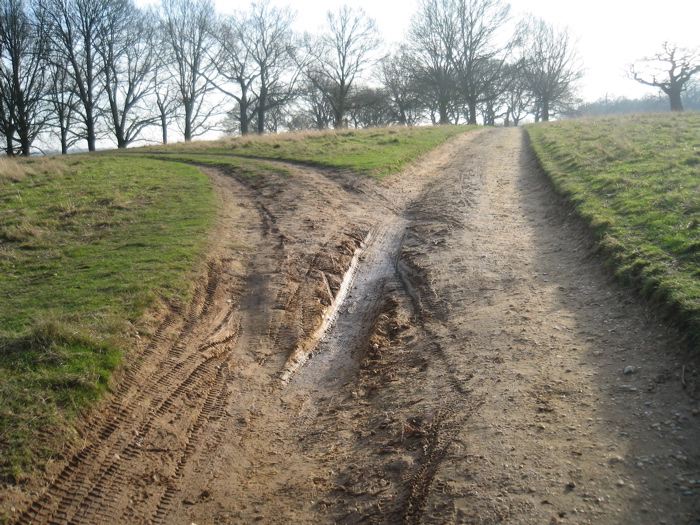


Saturday, February 03, 2007
WEF CITIES SESSION
And here are some of the photos of the World Economic Forum session I facilitated on cities, with thanks to the Forum.
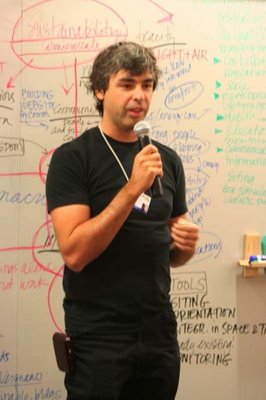
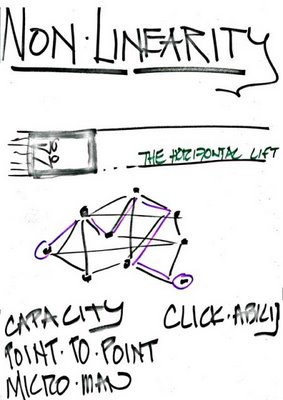
Google’s Larry Page and flipchart referencing his horizontal lift notion
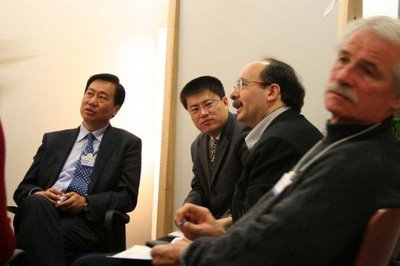
Part of one of the break-out groups: Xia Deren (Mayor of Dalian),interpreter, Amory Lovins, Yann Arthus-Bertrand
SCHWAB AND DAVOS SUMMITS, 2007
Climate change, trade and social entrepreneurship were the three big themes at Davos 2007, for me at least. True, others may have had a different priority list and it has taken me rather longer than in previous years to work out what was really going on during the 2007 World Economic Forum—or at least what struck me as most significant. This was partly because I plunged straight back into work on my return to London, but also because my sense was that this year really did mark a watershed year for the Forum—whether or not those attending Davos this year really grasped what is going on.
So here is a personal download of both the Davos event and of the Schwab summit, which proceeded it—and this year focused on the business case both for social entrepreneurship and for mainstream business to get involved in the field. Please also see earlier postings below, and postings for openDemocracy (http://www.opendemocracy.net/globalization-climate_change_debate/fixes_4311.jsp) and Grist (in press).
But first, yes, the agenda (http://www.weforum.org/en/events/annualmeeting2007/index.htm) was extraordinarily packed again this year, and the top two issues for the mainstream participants were clear. Climate change was ubiquitous, with 17 sessions devoted to the subject, while the other dominant theme was the need to reinvigorate the Doha Round of trade negotiations. But it struck me that something else was going on this year—and it felt a bit like a hand-over between generations. Alongside the efforts of the Young Global Leaders (http://www.younggloballeaders.org/), my sense was that this was the year that social entrepreneurs really got into their stride in Davos.
And one of the clearest trends this year, again, was the growing focus on private sector, business and financial market solutions to the world’s great social, environmental and governance challenges. Multinationals are seen to have a key role to play in upholding and advancing principles on human rights, labour, environmental and anti-corruption practices in countries with weak regulatory capacity. For more on WEF initiatives in these fields, see http://www.weforum.org/en/initiatives/index.htm
Very much in the spirit of this year’s summit, British Prime Minister Tony Blair sounded an optimistic note in his closing remarks. He said that the three key issues that for him dominated the annual meeting—world trade, climate change and Africa—still hang in the balance, but added that there had been progress on each that would have seemed unimaginable even a short time back. In two radical suggestions, Blair recommended merging the International Monetary Fund and the World Bank, and dramatically expanding the UN Security Council. “A UN Security Council without Germany, Japan, Brazil or India, to say nothing of any African or Muslim nation,” he said, “will, in time, not merely lose legitimacy in the eyes of the world, but seriously inhibit effective action.”
In what follows, I will try to sketch out come of the highlights and headlines before zeroing in the social entrepreneurs—who convened for the 2007 Schwab Foundation Annual Summit at Swiss Re’s Rüschlikon centre in Zurich before heading on to Davos. I attended both events, chairing a plenary session on the business case for social entrepreneurship at the Schwab summit and was involved in a number of related events in Davos—including a fascinating session I facilitated on ‘Designing Sustainable Cities.’
Schwab Summit
This was the seventh Schwab Summit (http://www.schwabfound.org/the.htm?p=102) I have intended, the sense now being fairly widespread that the notion of social entrepreneurship “has had a meteoric rise,” as the Schwab team put it, “particularly in the industrialised world, but increasingly in emerging markets.” It is clear that we are seeing the very early stages of a great convergence between the worlds of mainstream business and social and environmental entrepreneurship—an area SustainAbility is looking at in its series of annual surveys of the state of social entrepreneurship for The Skoll Foundation (http://www.skollfoundation.org/).
One of the key indications of the growing mainstream support came when Jacques Aigrain, CEO of Swiss Re, announced that in addition to hosting the Schwab Summit this year at their Rüschlikon centre (http://www.ruschlikon.net/), they would also host it there in future years.
Among key sessions were those focusing on how foundations and other investors decide which social entrepreneurs to support, the change-making agendas of key entrepreneurs, the business case as developed by social entrepreneurs, the mainstream business case for social entrepreneurship, how such change agents can best work in government and the public sector, and—based on a discussion about the process by which Ethos Water (http://www.ethoswater.com/) sold out to Starbucks—what happens when a social entrepreneur “sells out.” For some of the story of how the founders got to this point, see http://www.ethoswater.com/index.cfm?objectid=6FA93E4F-F1F6-6035-B91D178EA0C1ED59
Overall, the Schwab Summit was even higher energy than in previous years—and excellent preparation for those social entrepreneurs who were going on to Davos. And this is an area I personally am increasingly determined to invest a growing part of my time in—as with my role with the newly announced DHL Young Entrepreneurs for Sustainability Awards, (http://www.dhl.com/publish/g0/en/about/sustainability/yes_awards.high.html) now being piloted in five Asian countries.
A Schizophrenic Davos
“Shit is serious business,” is the motto of one of those entrepreneurs, Isaac Durojaiye, founder of DMT Mobile Toilets (http://www.dmttoilet.com/), in whose delightful company Elaine and I took the train from the Schwab Summit to Davos. He is one of the Schwab entrepreneurs (http://www.schwabfound.org/schwabentrepreneurs.htm?schwabid=3725). And it’s truly extraordinary to see these people moving between the worlds of sanitation in Nigeria, for example, and the world of Davos—this being the sixth time I have attended the WEF event. Their presence is one more sign that the world of Davos Man is experiencing seismic changes.
“We are faced by a world which is increasingly schizophrenic,” said WEF Founder and Executive Chair early on in the proceedings. On the surface, the economic indicators might look fairly optimistic, but underneath a range trends are moving in less encouraging directions. “Our world is rapidly changing and power is shifting geopolitically, in business terms and even in the virtual world,” he noted. “Power, wealth and well-being are spread in ever more complex ways, leading to a world which is harder and harder to understand and which often seems alien to us.”
In her plenary speech early on in the summit, Angela Merkel, Federal Chancellor of Germany, and due to take over as G8 President this year, announced efforts for “new forms of dialogue” between G8 leading industrial nations and the emerging economies such as Brazil, India and China (BIC)—along with a closer Atlantic partnership between Europe and the United States. But apart from Senators John Kerry and John McCain, US political leaders were less evidently present this year.
The theme was ‘The Shifting Power Equation.’ Over the course of the five-day meeting, 2,400 participants from 90 countries convened, including 24 heads of state or government, 85 cabinet ministers, along with religious leaders, media leaders and heads of non-governmental organizations. Around 50% of the participants were business leaders drawn principally from the Forum’s members—1,000 of the foremost companies from around the world and across all economic sectors.
A new survey of WEF participants found that a majority of leaders questioned think the next generation will live in a more economically prosperous world. Two-thirds (65%) say that it will be a lot more or a little more prosperous. But the same respondents also indicated that the next generation will live in a less safe world, with 61% believing it would be a little or a lot less safe. Both these figures are broadly in line with the same findings last year. But one finding that has shown a remarkable change is the doubling of those who rank environmental protection as a priority for world leaders. Warnings of the effects of climate change appear to be hitting home with protecting the environment a concern that one in five (20%) think leaders should concentrate on—a considerable increase since last year’s survey, when only 9% rated this as a priority.
One of the key publications launched during the event was the Global Risks 2007 report (http://www.weforum.org/pdf/CSI/Global_Risks_2007.pdf), which highlighted a growing disconnect between the power of global risks to cause major systemic disruption, and our ability to mitigate them. The annual Global Risks report—published by WEF in cooperation with Citigroup, Marsh & McLennan Companies, Swiss Re and the Wharton School Risk Center—suggested that many of the 23 core global risks explored in the report have worsened over the last 12 months, despite growing awareness of their potential impacts.
Among the recommendations:
1. Link energy security considerations with climate change;
2. Urgently begin work on a successor to the Kyoto agreement with three central principles: ensure involvement of the US and major developing countries (particularly China and India); and recognize differential responsibilities for future emissions’ reduction dependent upon past emissions and stage of economic development—alongside and common overall responsibility for climate change
3. Renew terrorism insurance schemes scheduled to sunset in 2007; improve framework for public-private arrangements in other countries, and
4. Prepare for a pandemic, requiring governments to increase research into the identification of critical choke-points in the supply/value chain where skill sets are rare, interdependencies are greatest and the risk of triggering systemic failure is highest.
Opening up
The number of NGOs seemed to have been cut back substantially this year—and the voice of those NGOs that did appear were more muted than in previous years—though I may simply have been in the wrong sessions. That said, the Forum is more open to the wider universe of stakeholders than it was even a few years back. And it experimented this year with a number of new Web applications designed to extend the discussions to a much wider audience. The major debates and discussions were open to the general public via traditional broadcast channels, but also via webcasts, podcasts and for the first time, vodcasts. Some 50 of 220 sessions were webcast.
Internet users were encouraged to field questions to participants via blogs and videoblogs and selected participants were interviewed live in the virtual world of Second Life. Intriguingly, Reuters had a special Second Life correspondent in Davos (http://secondlife.reuters.com/) and—having had a session back in London with Mitch Kapor, Chairman of Linder Labs (http://lindenlab.com/), the organization behind Second Life, SustainAbility is now pondering how to make our own entry into this new world. A podcast featuring Mitch Kapor will be posted on the Skoll Program area of our website (http://www.sustainability.com/insight/skoll_article.asp?id=669) within days.
In terms of opening up the wider world, one of the most interesting people I met during this year’s Davos was Nick Negroponte, who is the main driver behind the One Laptop Per Child initiative—designed to provide $100 laptops to young people around the world (http://www.laptop.org/).
The climate imperative
Although climate change was voted onto the WEF agenda in 1999 or 2000, and has routinely surfaced since then, this year the subject was centre-stage—owing much to Al Gore’s move An Inconvenient Truth (http://en.wikipedia.org/wiki/An_Inconvenient_Truth), the Sir Nicholas Stern’s review on the economic implications of climate change, and the impending report of the Intergovernment Panel on Climate Change (http://www.ipcc.ch/).
The Forum announced the formation of a new international partnership of seven organizations to establish a generally accepted framework for climate risk-related reporting by corporations. Founding members of the institutional consortium, the Climate Disclosure Standards Board (CDSB), include the California Climate Action Registry, Carbon Disclosure Project, Ceres, The Climate Group, International Emissions Trading Association, World Economic Forum Global Greenhouse Gas Register and World Resources Institute.
CDSB member organizations have agreed to align their core requests for information from companies in order to ensure that they report climate change-related information in a standardized way that facilitates easier comparative analysis by investors, managers and the public. The focus will be on the disclosure of the following key climate issues in company annual reports: total emissions; assessment of the physical risks of climate change; assessment of the regulatory risks of climate change; and strategic analysis of climate risk and emissions management.
Although in recent years there has been much progress in raising awareness of the importance of climate-related disclosure among corporations and their boards and shareholders, reporting of comparable information in annual reports remains the exception rather than the rule. “Consistent and comprehensive disclosure frameworks are important to the incentives shareholders provide to corporate managers to deploy capital efficiently,” said Richard Samans, Managing Director of the World Economic Forum. Speaking of the initiative, Carbon Disclosure Project Chairman James Cameron said, “We feel it is well timed and can leverage the standardized voluntary carbon disclosure the Carbon Disclosure Project has achieved—most recently on behalf of 225 institutional investors with US$ 31 trillion of assets who engaged with 2,100 corporations—in a formalized, disclosure process”.
An advisory committee is being formed that will include industrial, financial services and accounting firms as well as other key stakeholders. In preparation, CDSB members met in Davos with representatives of Alcan; American International Group; Capital Group; Duke Energy Corporation; Ernst and Young; Royal Dutch/Shell; JP Morgan Chase; PricewaterhouseCoopers; SUN Group; Swiss Re and Tokyo Electric Power as well as UK Environment Minister Milliband; California Assembly Speaker Fabian Nunez; and United Nations Environment Programme Director General Achim Steiner.
Resuscitating Doha
During the summit, World Trade Organization (WTO) Director-General Pascal Lamy announced that the stalled Doha Round trade negotiations had been given a new impetus by talks between ministers from 30 countries. Kamal Nath, Minister of Commerce and Industry of India, declared: “Despite the cold outside in Davos, we have been able to defreeze the talks that were frozen.” Both were speaking at a session on trade just a few hours after the ministers had agreed to relaunch negotiations suspended last July because of strong disagreements between developed and developing countries, and between the European Union and the United States, on how far agricultural subsidies and tariffs on industrial goods should be cut.
“Today’s ministerial meeting has put quite a lot of energy into the notion that the landing zone is in sight,” said Lamy. He added that he will return to Geneva to oversee fresh Round discussions at negotiator level and call ministers together again when enough progress has been made. But he will only do that if and when the right moment has come. “It won’t be tomorrow,” he said.
Much will depend, however, on how the developed countries move forward. President Luiz Inacio Lula da Silva of Brazil called on the international business community to lobby leaders of rich countries to make concessions in the Doha Round of negotiations for a world trade agreement. “If we want to give a signal to the poorest countries that they will have a chance in the 21st century, the United States, the United Kingdom, France and Germany must make concessions,” he said. “The United States must reduce its agricultural subsidies, and Europe must ease access for agricultural products.”
Other Priorities
Among other priorities that are very much part of SustainAbility’s agenda were human rights (which I address through my role on the Board of Trustees of the Business & Human Rights Resource Centre, though this didn’t get quite the profile this year) and bribery corruption (which I encounter as an issue in my role as Chairman of the Advisory Council of the UK Export Credits Guarantee Department). This year, the heads of the Big Four Accounting firms (Deloitte, Ernst & Young, KPMG and PricewaterhouseCoopers) agreed to work with the WEF Partnering Against Corruption Initiative (PACI) to support the global fight against corruption. Together, PACI and the accounting firms will explore the development of a framework for companies to benefit from independent reviews of their anti-bribery programmes.
In parallel, the Presidents of the World Bank, the African Development Bank, the Asian Development Bank, the European Bank for Reconstruction and Development and the Executive Director of the international Finance Corporation reaffirmed their support of the PACI and recognized the important role the private sector plays in guiding policy and assisting governments in reducing corruption. They have agreed to jointly pilot an country-specific anti-corruption implementation programme, and a sector-specific structural reform that will promote fair competition and transparency.
With China increasingly active in Africa, there was some discussion of what could be done to rein in such countries as they become more influential—and potentially undermine international and regional transparency initiatives. But one of the most upbeat set of conversations I had was with various people from the Indian software company Infosys (http://www.infosys.com/), which I am hoping to visit in Bangalore in February, around a futures session I am due to do for Shell there. Infosys aims to “win in a flat world,” but do so in ethically acceptable ways. Am very much looking forward to visiting them and some of the social entrepreneurs and NGOs in the area.
Whatever Shell concludes in its session on the prospects for technology out to 2030, the 2007 Schwab and World Economic Forum Summits have underscored the fact that new actors are surging into the playing-field—and, in the process, the game we are changing is very likely to change profoundly.
Friday, February 02, 2007
THE CLIMATE FIX
Following my ‘Today’ (BBC Radio 4) interview during the Davos summit, I was asked to do a piece for openDemocracy on biofuels and other ‘technical fixes’ for climate change. The article, co-authored with Geoff Lye, can be found at http://www.opendemocracy.net/globalization-climate_change_debate/fixes_4311.jsp
ATCA POSTING ON BLAIR, DAVOS ETC
One of the networks I take part in is ATCA, or Asymmetric Threats Contingency Alliance run by D.K Matai (http://www.mi2g.com/cgi/mi2g/press/dkm_profile.pdf). Yesterday they sent out a short piece I did in response to their earlier posting of Tony Blair’s speech from the concluding session of this year’s World Economic Forum summit in Davos.
This was my note:
Dear DK and Colleagues,
Asymmetrical Solutions in Davos
One of the more interesting rumours that made its giddy rounds at this year’s World Economic Forum [Theme: ‘The Shifting Power Equation’] was the one insisting that WEF Executive Chairman Professor Klaus Schwab’s session with The Right Honourable Tony Blair [ATCA, 27 January] was in effect a 360-degree interview of Blair for the role of WEF Chairman once the he stands down — or is dislodged. In the event, this turned out to be an expired rumour, squashed by Professor Schwab a few weeks ago, but having found new infectivity in a new and previously unexposed audience. An indication of just how easy it is to be distracted from what even such powerful speakers are saying in plenary session when so much is going on around you, and behind the scenes.
But, whatever the truth of the rumour, and however distracting the shifting power equation may be in Westminster, the Prime Minister’s focus on global issues like poverty and climate chaos is unquestionably the new ‘Spirit of Davos,’ coupled with a deep sense of the developed world’s growing vulnerability to a growing range of asymmetric threats, which have been at the heart of ATCA since its inception in 2001 post 9/11.
Luckily, my own WEF journey began with asymmetry. I count myself hugely lucky to have attended my first WEF summit in New York, the year the whole jamboree decamped to that wounded city as an act of solidarity in the wake of the 9/11 attacks — prototypical examples of asymmetry in action. This was January 2002. Pretty much everyone was off balance and the wave of incoming NGOs and other would-be changemakers found it somewhat easier to penetrate the well-honed defences that had kept them at bay for so long.
But even though issues like those the Prime Minister would raise in Davos six years on were in the air even then, they were still seen as peripheral, speculative. That was also true last year. But 2007 was somehow different: Davos Man and Davos Woman could hardly stop talking about climate chaos. So much hot air, critics will say, but Sir Nicholas Stern was among the climate champions crunching through the snow, pushing the conclusions of his review of the economic implications of climate chaos in a number of Forum sessions — and busily building the case for urgent action. There was also much talk of the impending report of the International Panel on Climate Change, just leaked by the Americans — presumably to give climate sceptics enough time to prepare their defences.
But what struck a number of us was that, while NGO voices seemed somewhat muted this year, the real heroes of Davos 2007 were the people you might describe as providers of ‘asymmetric solutions,’ the social and environmental entrepreneurs who aim to develop scalable solutions to the world’s great social and environmental challenges. They have been groomed by organisations like Ashoka, The Schwab Foundation and The Skoll Foundation to carry their agenda and their business case ever-deeper into the heart of the system. And it’s working. Given the energy of these people, I even found myself wondering whether they shouldn’t be setting the agenda for next year’s Davos?
It’s an unlikely prospect, clearly, but I am just finishing off a book for Harvard Business School Press under the title of ‘The Power of Unreasonable People.’ My co-author is Pamela Hartigan, who runs The Schwab Foundation for Social Entrepreneurship, and many of the social entrepreneurs she and her colleagues support report that they have often been described as “crazy,” by colleagues, friends and even family. But, as George Bernard Shaw sagely noted, real progress tends not to come from reasonable people, who attend to adapt themselves to the world as it is, but instead from ‘unreasonable’ people — who imagine a different world and work against all odds to create it.
While top table discussions this year focused on the ways in which emergent superpowers like China and India are morphing power relationships worldwide, something else appears to be happening on and around the Magic Mountain. Something that gives me more hope than the economic indicators that most CEOs still focus upon. If the first societal pressure wave of the late 1960s pushed us to regulate business, the second (from the late 1980s) pushed us into new forms of ethical competition and corporate citizenship, and the third (from the late 1990s) drove new agendas around global and corporate governance, the emerging wave — which feels more like a rising tide — looks set to drive a raft of new entrepreneurial solutions to the political, economic, social and environmental threats to which so much air-time has been devoted in Davos.
As I mentioned in a previous posting to ATCA, I believe a new generation of entrepreneurs is modelling the way forward. In ongoing work for The Skoll Foundation — founded by eBay co-founder Jeff Skoll — we are contrasting the challenges facing entrepreneurs in the health and energy sectors, to get a sense of where the greatest market failures are to be found. The results will be reported at the Skoll World Forum at the Said Business School, Oxford, at the end of March, and I hope to be able to share at least headline results with the distinguished members of ATCA at that time. But I will be very surprised if they don’t underscore the growing importance of entrepreneurial ‘asymmetrical solutions’ to sustainability challenges.
Best wishes
John Elkington
RONNIE SCOTT’S
Gaia, Hania, John Jencks, Elaine and I had a glorious time at Ronnie Scott’s last night (http://www.ronniescotts.co.uk/), celebrating Elaine’s sixtieth birthday – and listening to Ronnie Scott’s Allstars and then Martin Taylor, an astounding jazz guitarist. We had heard him play with Bill Wyman’s Rhythm Kings a couple of years back, and Wyman was at the next table last night. Described as “Europe’s finest guitarist” by Jazz Times Magazine, Taylor is considered to be the world’s foremost exponent of solo jazz guitar playing. His new group, ‘FRETERNITY’, is a collaboration with long time friends Guy Barker (trumpet) and David Newton (drums). I have never been a great fan of jazz, but will be buying any CD of his I can get my hands on.
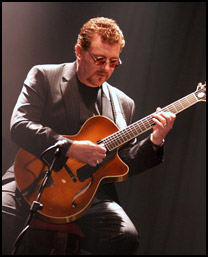
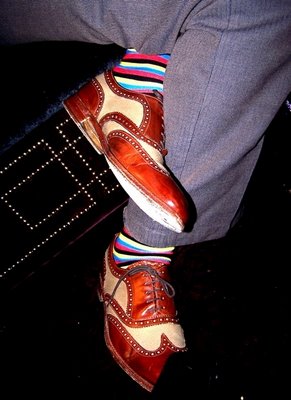
Martin Taylor and John Jencks’ shoes
Thursday, February 01, 2007
6 = 9 CARTOON PUZZLE RESOLVED
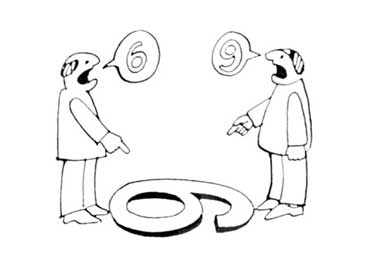
One of my favourite cartoons of all time – and one I have used for two decades in various ways – was the 6 = 9 image shown here. For years, I have had a query on this website about where the image came from. Today I got the answer – from Russia.
Thanks Andrey! And here’s what he says:
Dear John,
It was a real delight to visit your very interesting site. But one particular thing caught my attention: you were wondering who was the author of the “9 = 6” cartoon.
Being a professional cartoonist I am certainly familiar with this work. The original cartoon was made by Russian cartoonist Igor Vorobyev (maybe Vorob’ev). This drawing brought the author the Silver Prize at the International Cartoon Contest in former Yugoslavia in 1972. So the work was quite recognized internationally.
The work you have used is probably a later copy or rather plagiarism of this original:
http://img220.imageshack.us/img220/1782/vorobmp3.jpg
Sorry, I was not able to identify the author of the later copy. If it is interesting for you, I could try to find more details about Igor Vorobyev. Here is a link to one more of his work:
http://img361.imageshack.us/img361/8131/vorobyev1hx3.jpg
My very best wishes,
Andrey Feldshteyn
http://www.cartoonblues.com
(It happened that I am also an Administrator of the International Cartoon Club, uniting mostly cartoonists from the former USSR.)
P.S. You are welcome to visit a virtual exhibition that we have organized recently:
http://www.cartoon-expo.com/introduction_english.html
DHL YOUNG ENTREPRENEURS FOR SUSTAINABILITY (YES) AWARDS
As one of the international judges, I am delighted to see that the DHL Young Entrepreneurs for Sustainability (YES) Awards program has launched today – in 5 pilot countries in Asia. The inaugural Awards in 2007 will cover: Bangladesh, Pakistan, the Philippines, Singapore and Thailand, with plans to expand the programme to other countries in the future.
Ads for the awards will likely show on CNN in the week commencing 12th February. The Awards website is live at www.dhl.com/yesawards, where the application kit and further useful information related to the awards can be found.
DHL notes that 2007 marks the half-way point in the bid to realise the UN Millennium Development Goals (MDGs), which range from halving extreme poverty to halting the spread of HIV/AIDS and providing universal primary education by 2015 – and comments that this is “a good time to re-energise efforts towards realising the UN MDGs and to celebrate the many successes that have already been achieved.”




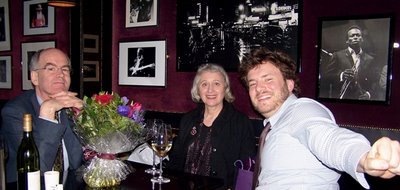
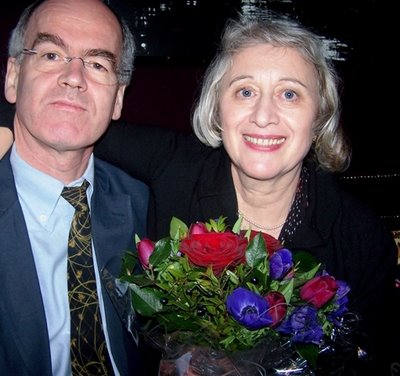
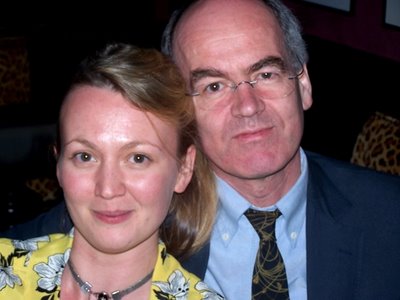
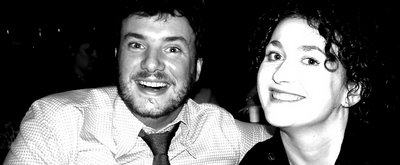


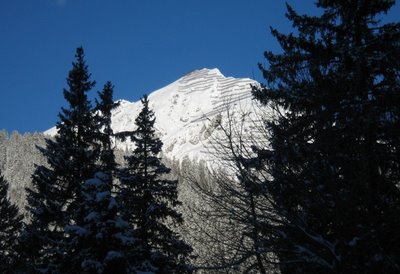
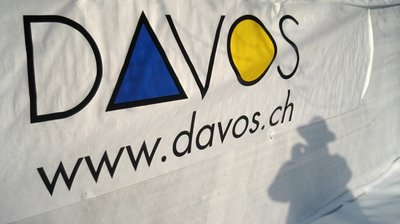
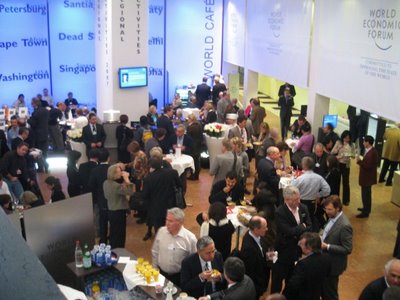
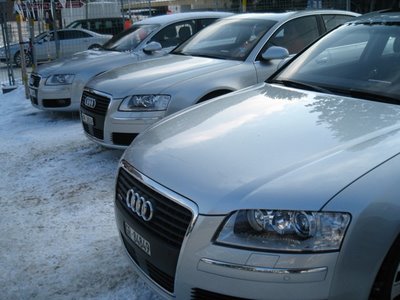
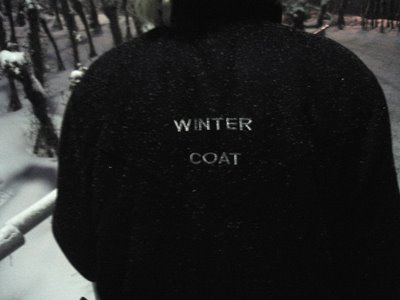
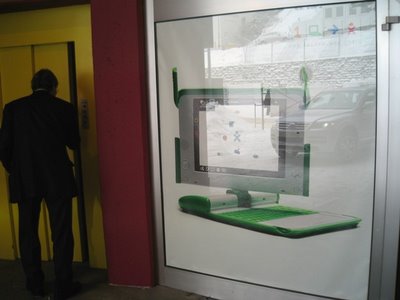

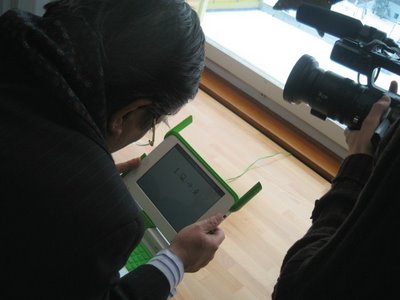
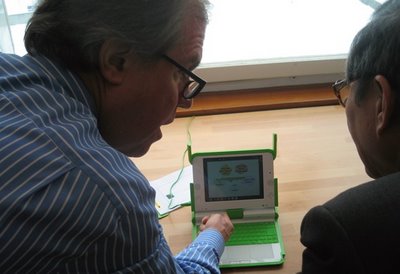
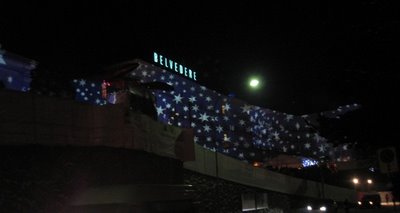

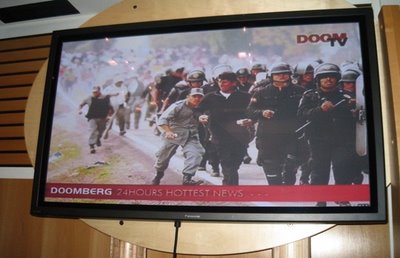
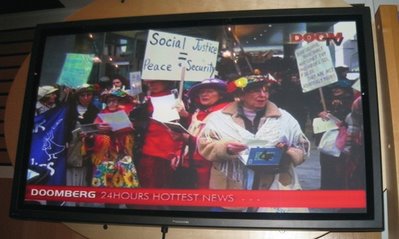
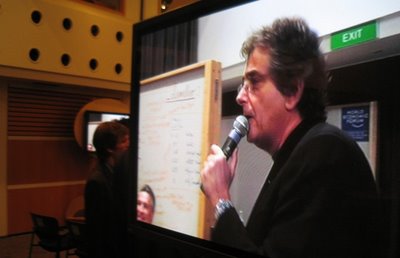

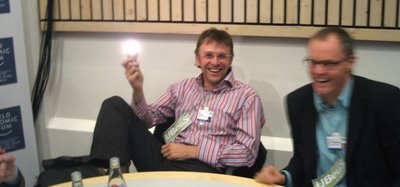

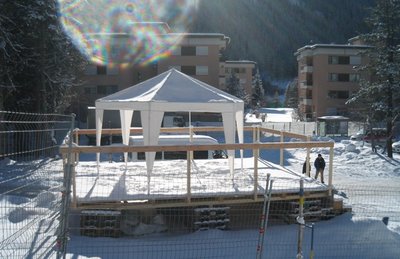
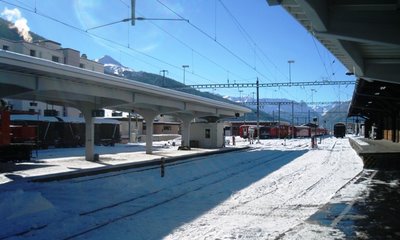
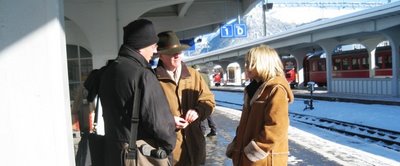
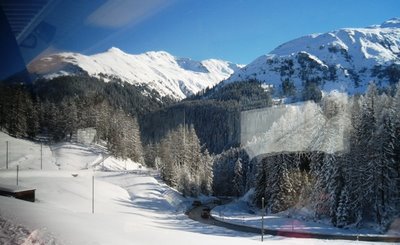
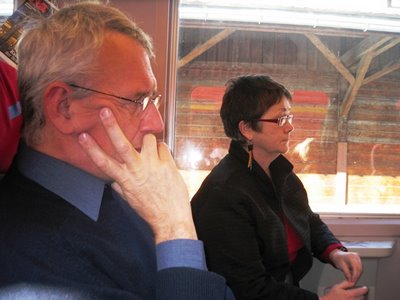
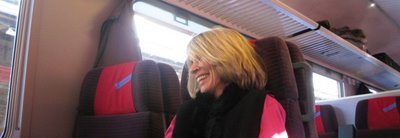
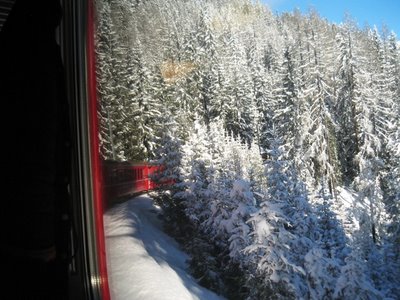
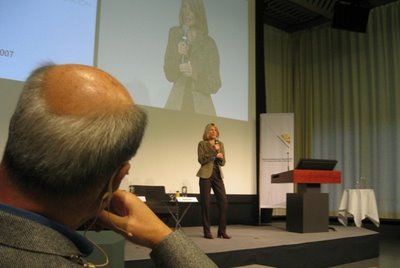
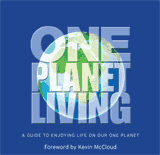

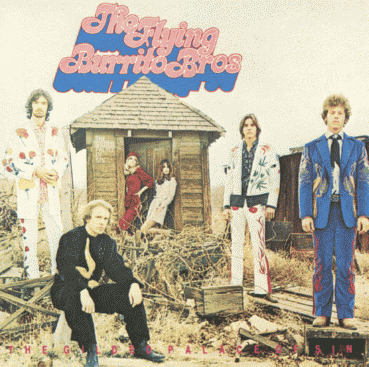
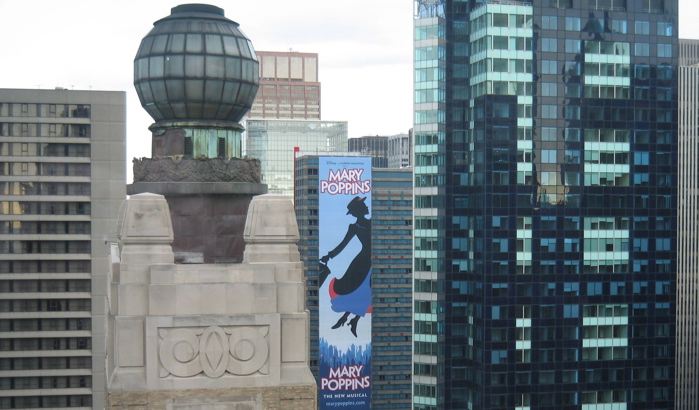
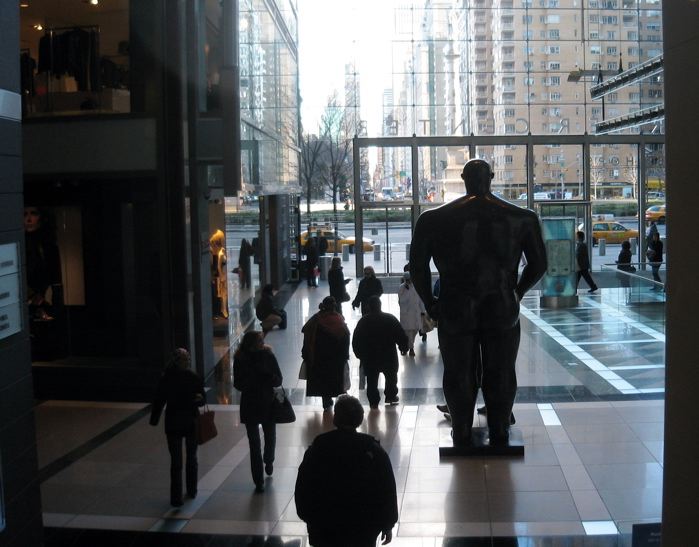
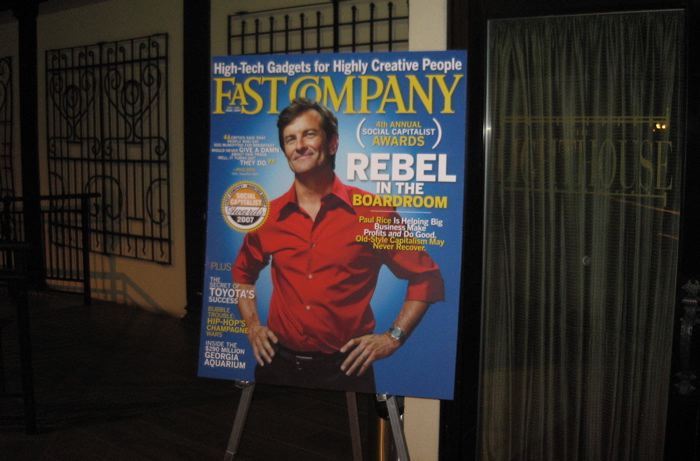
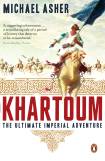
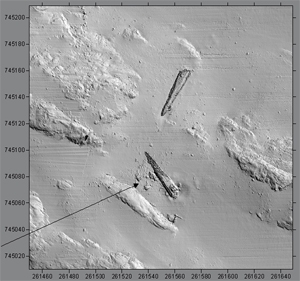
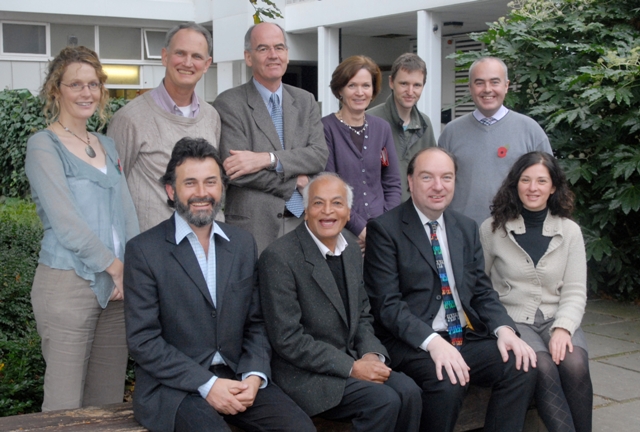

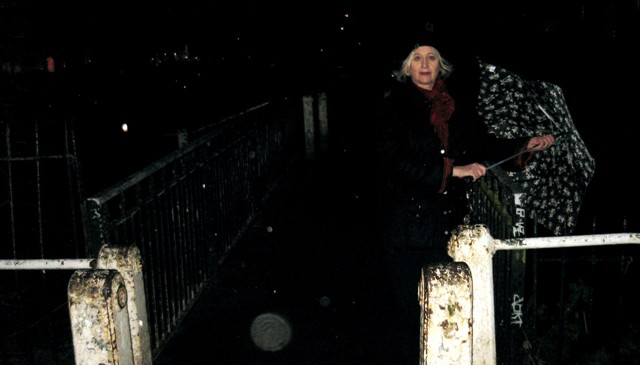
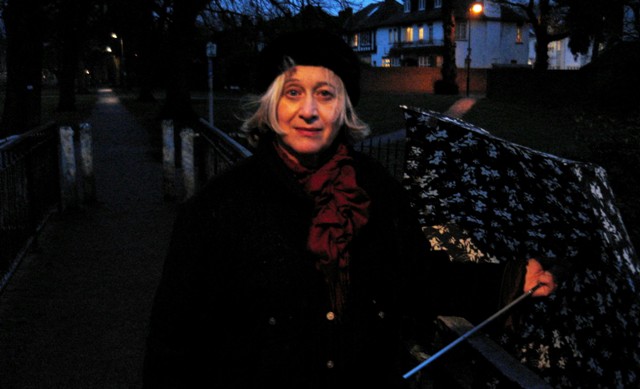


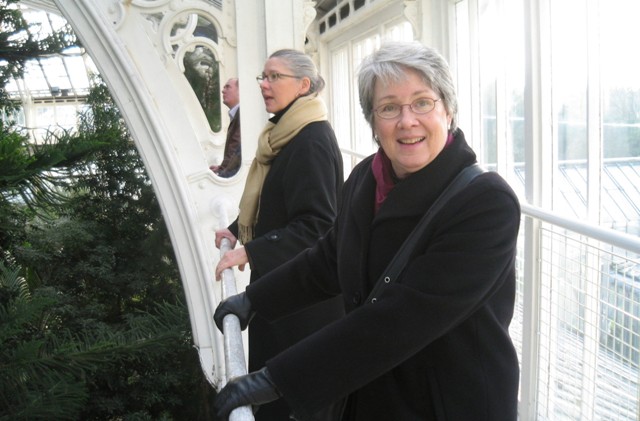
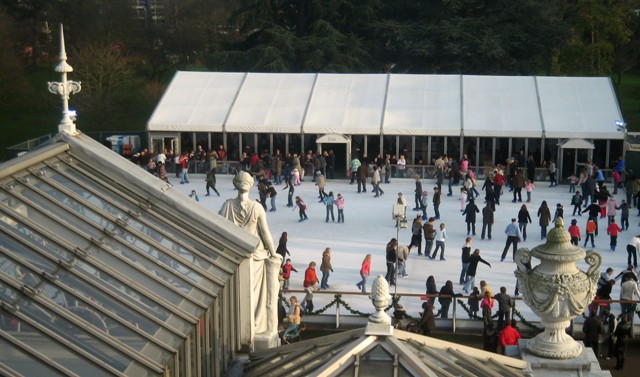

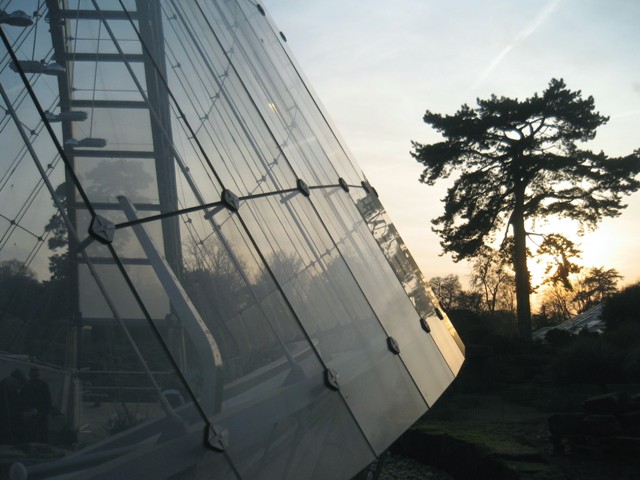
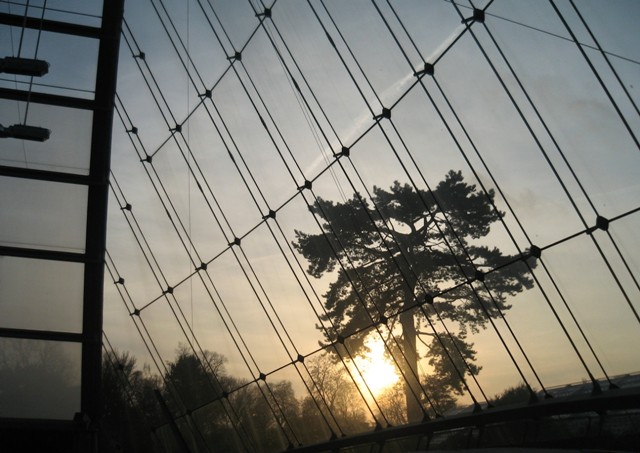
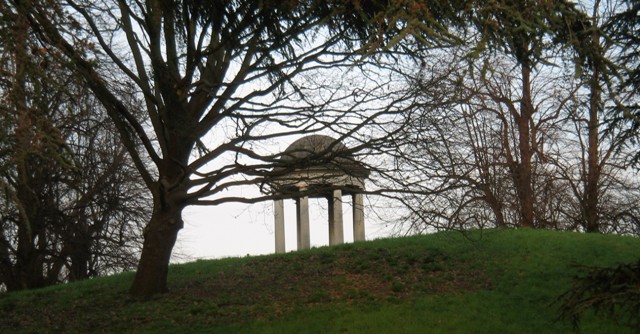



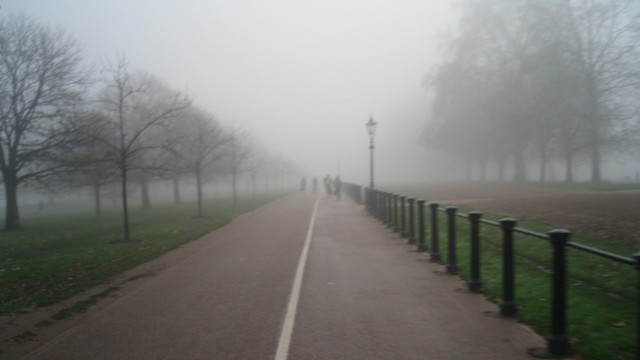
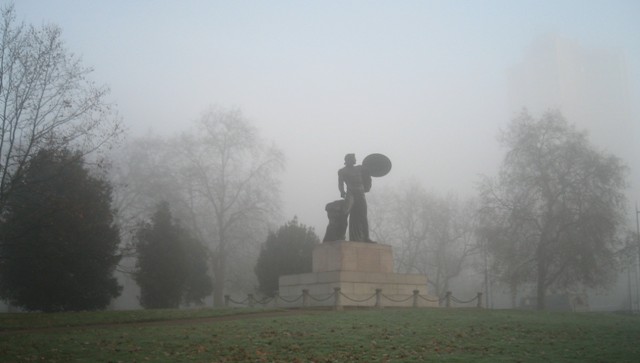

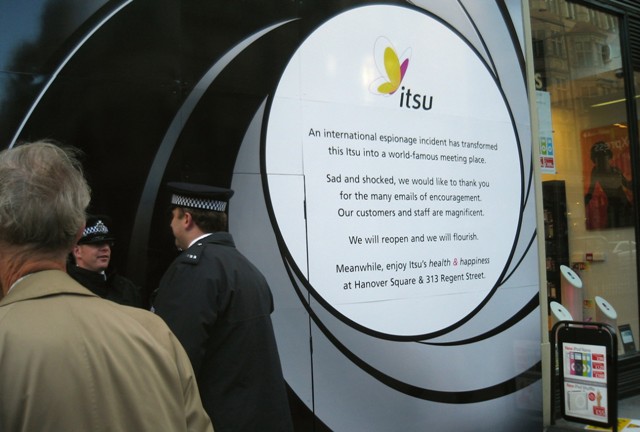
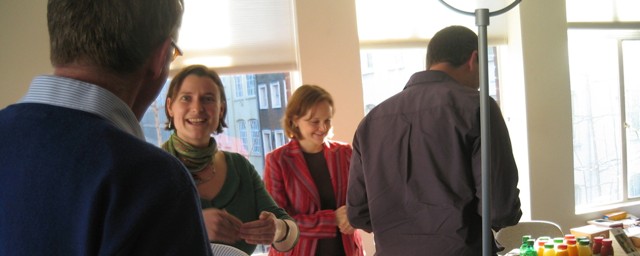
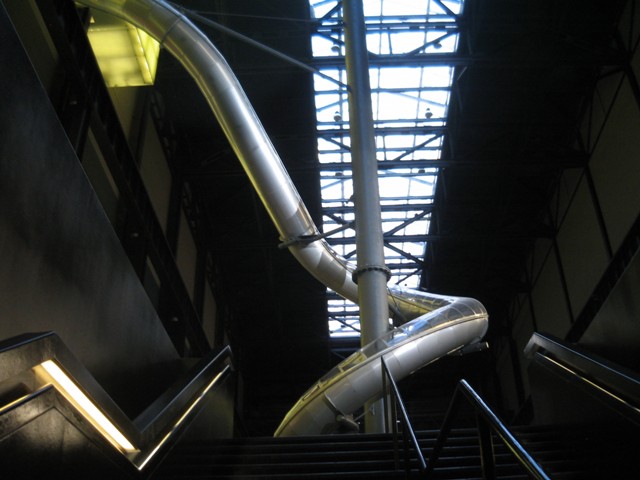
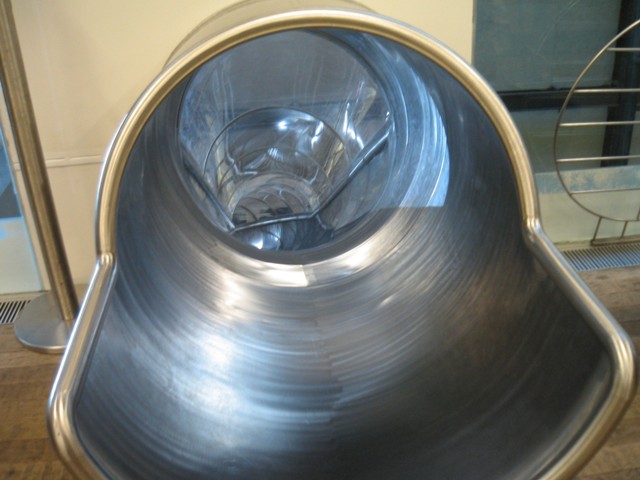
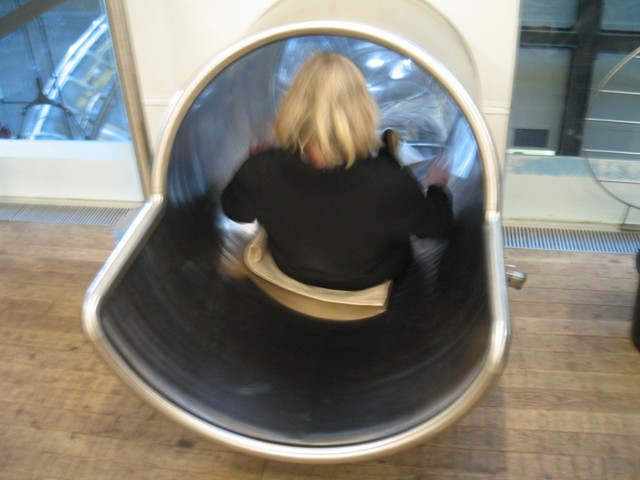
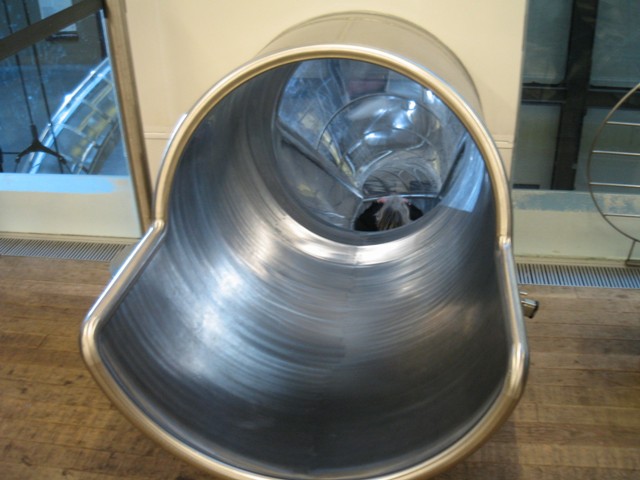
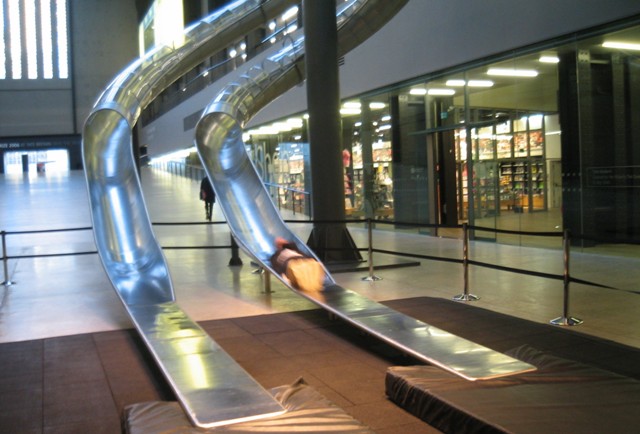


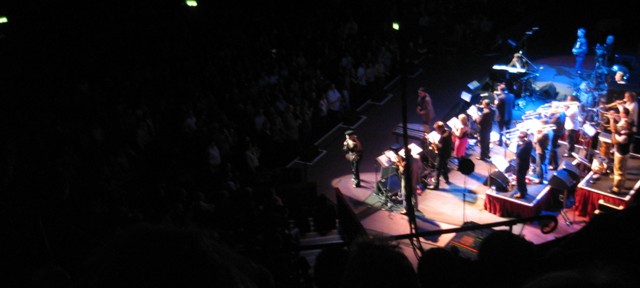


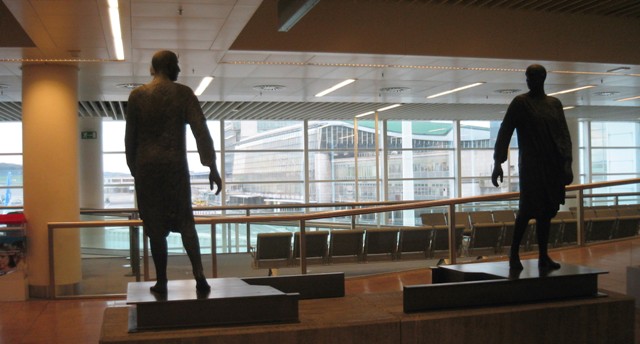
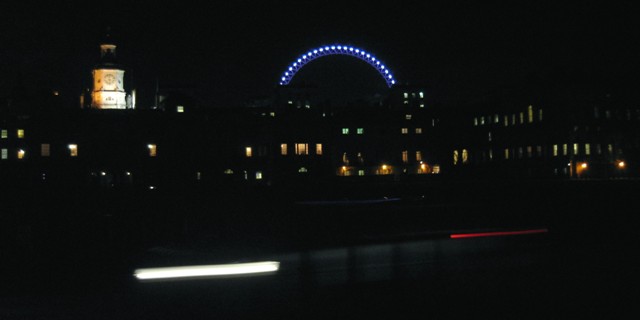
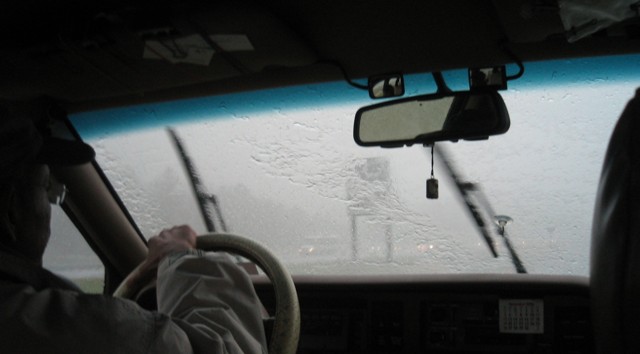


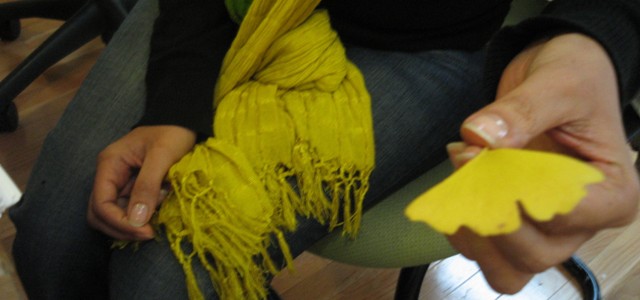
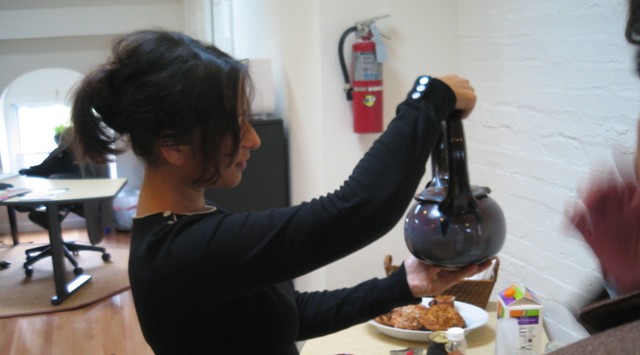
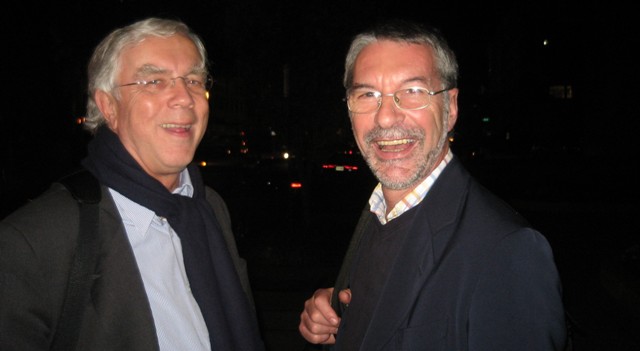

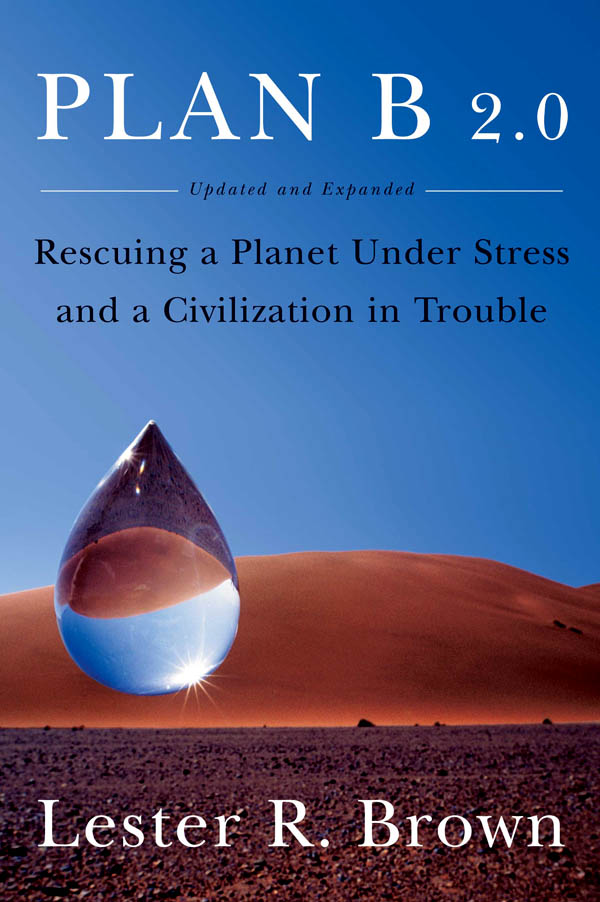
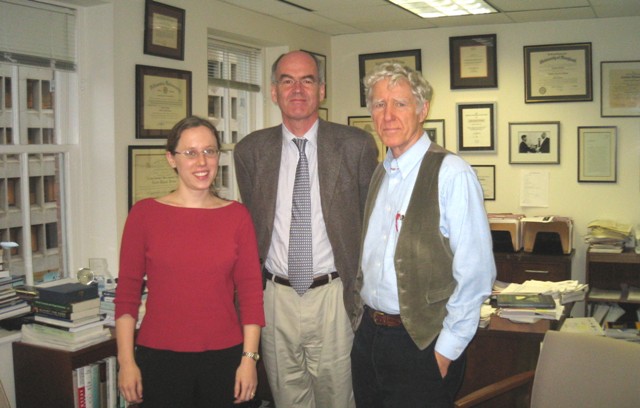
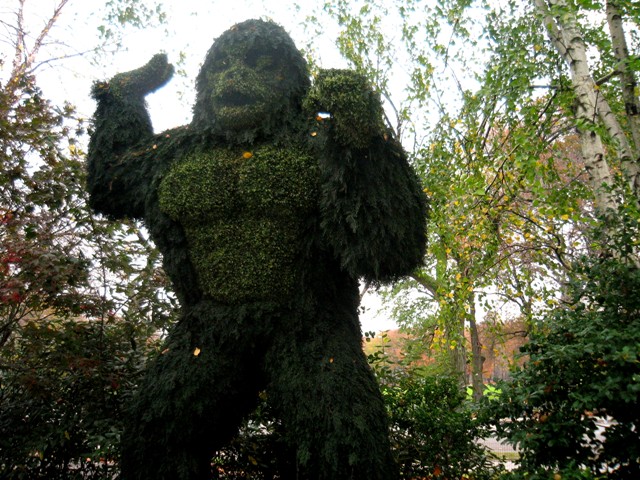

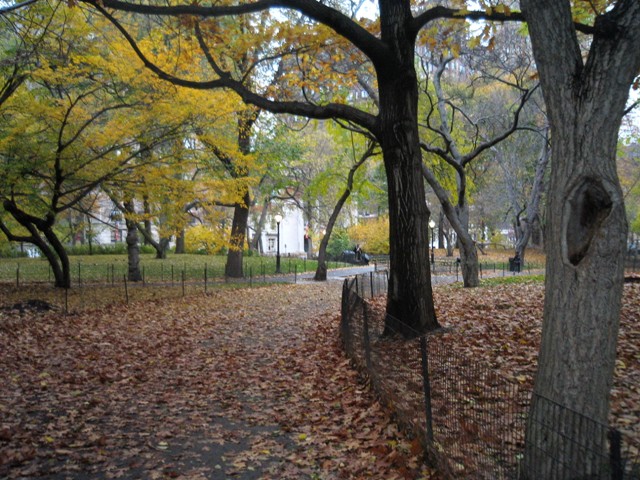
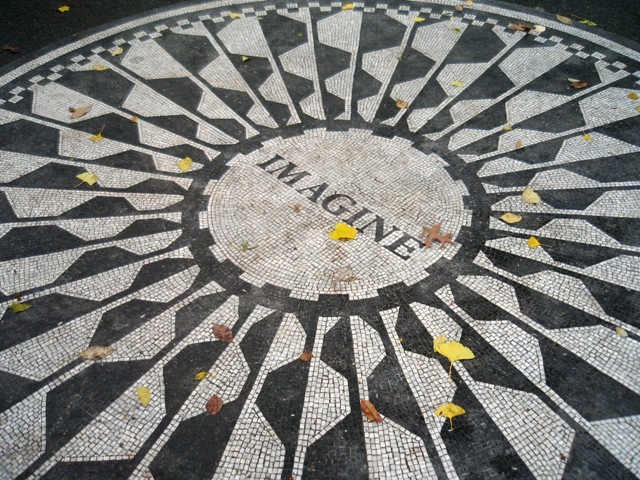
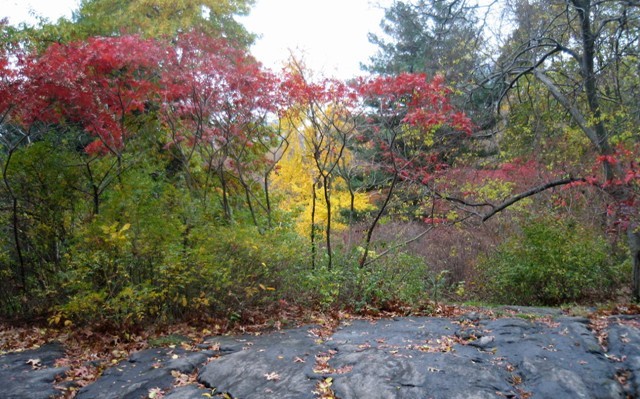
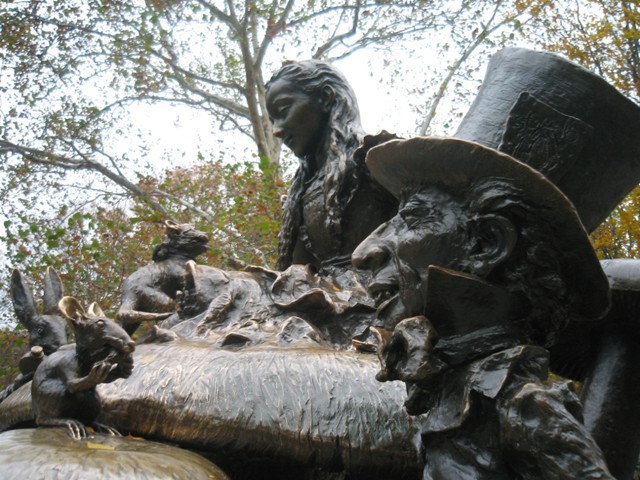
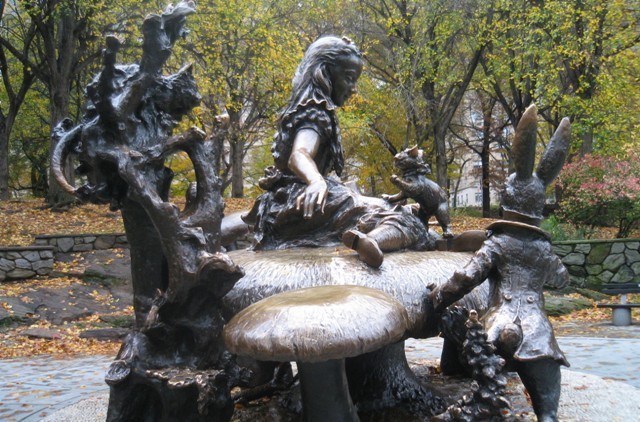
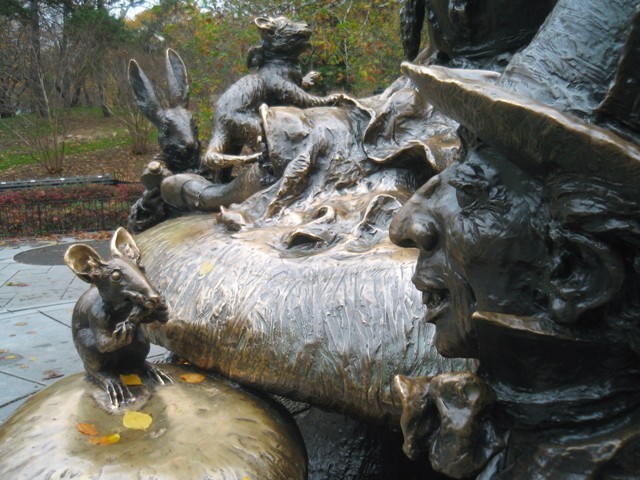
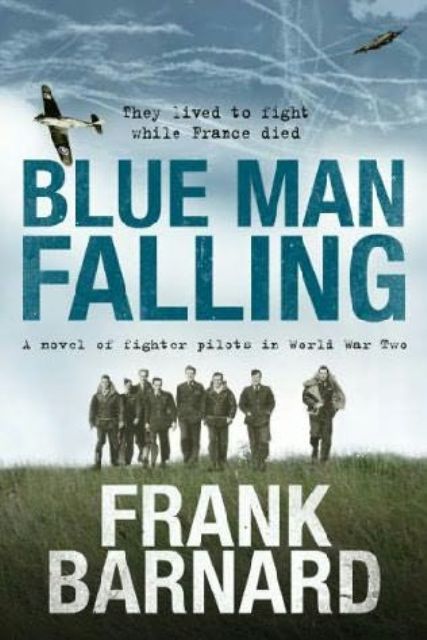
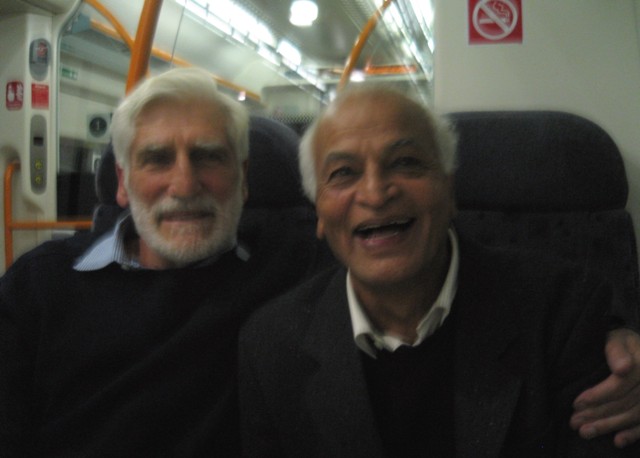
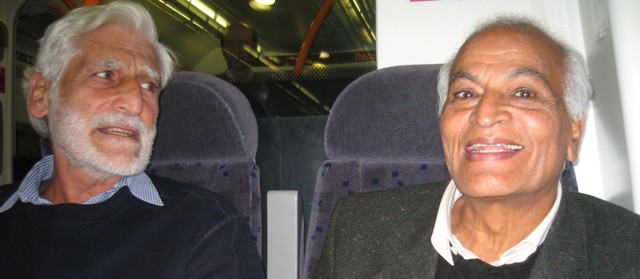

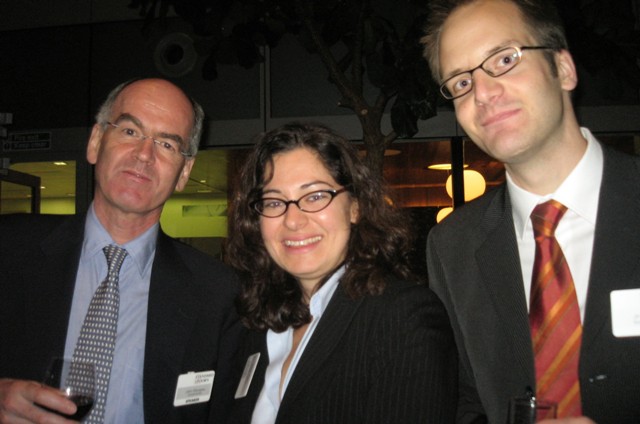 Me, Sasha Silver, JP Renaut
Me, Sasha Silver, JP Renaut